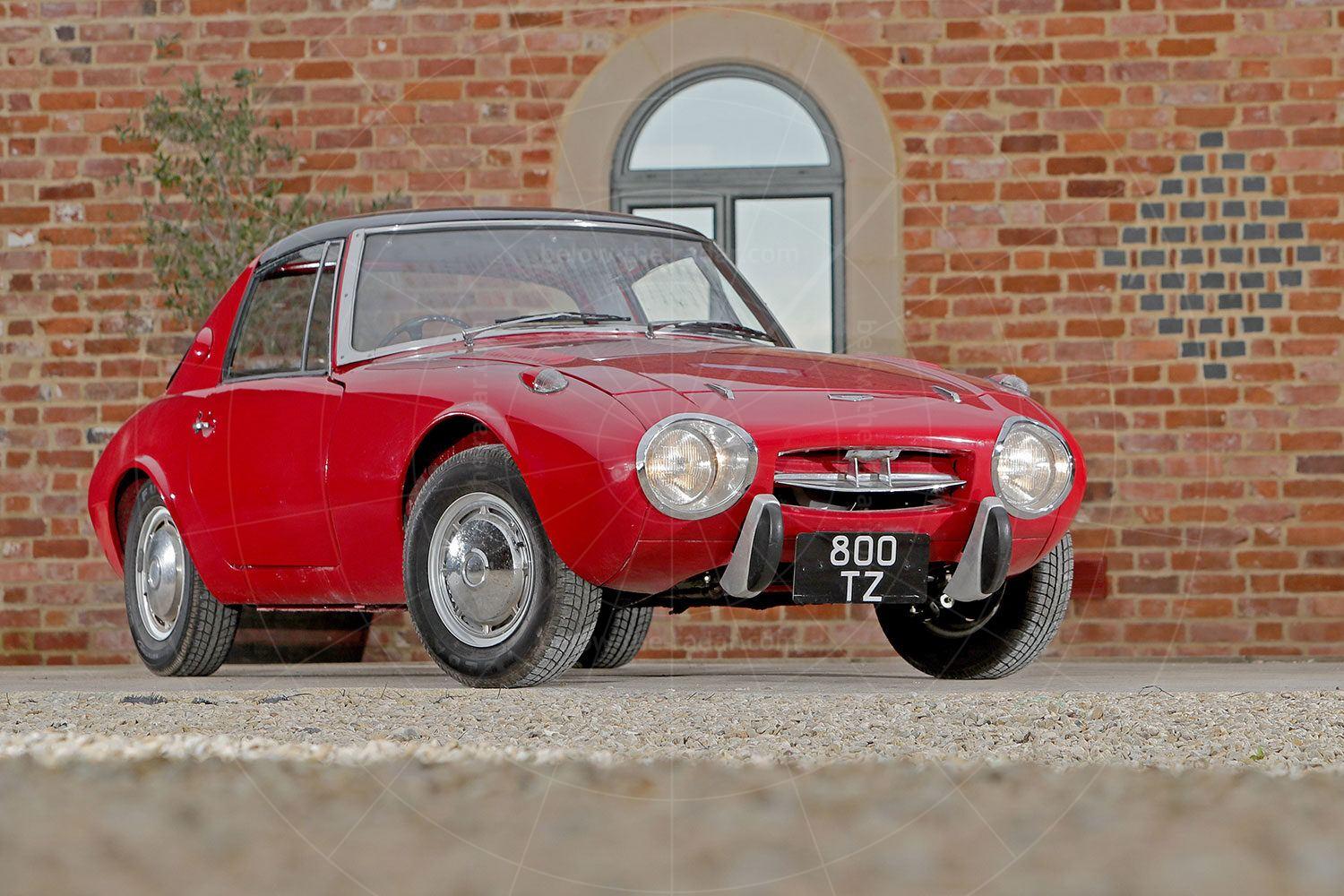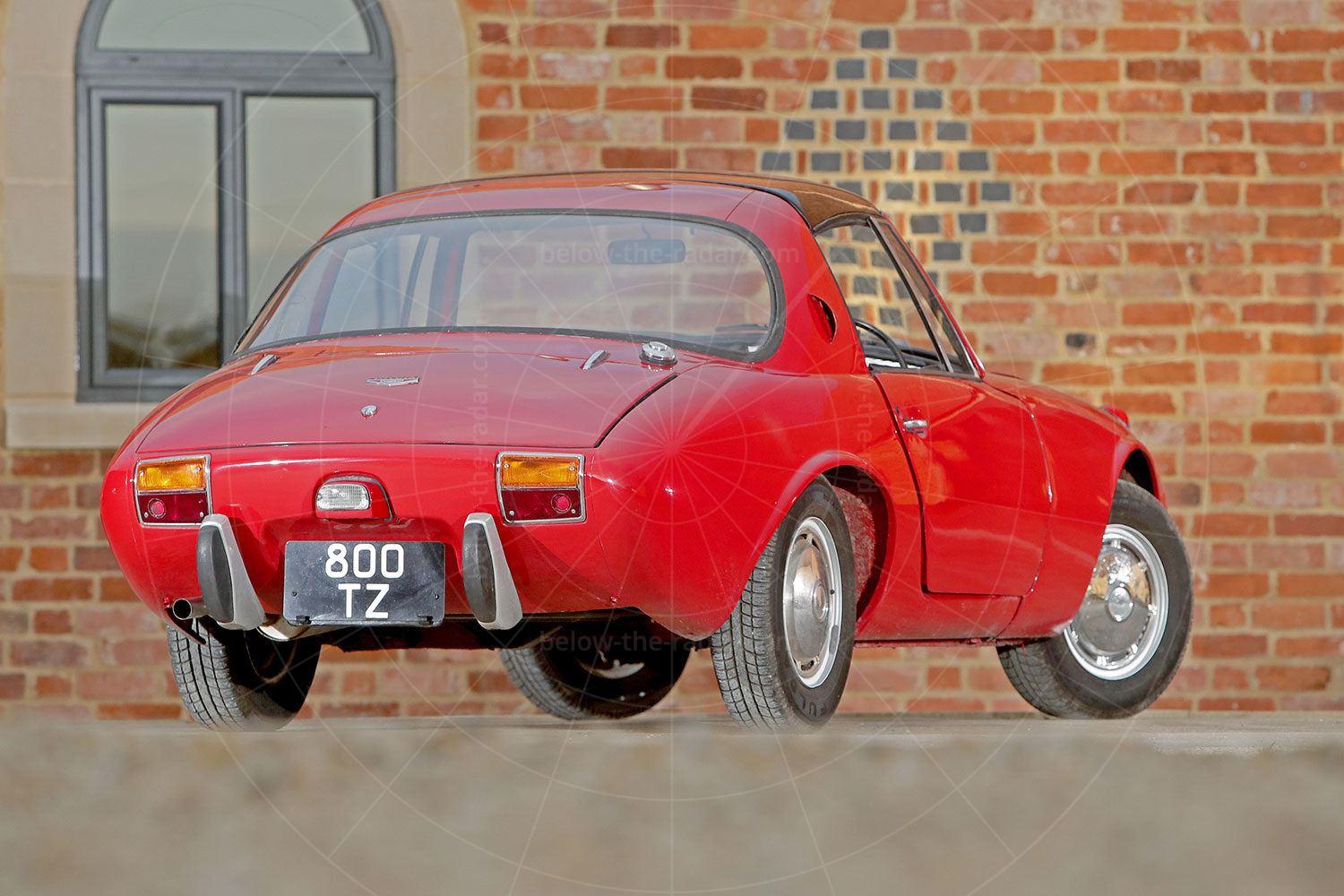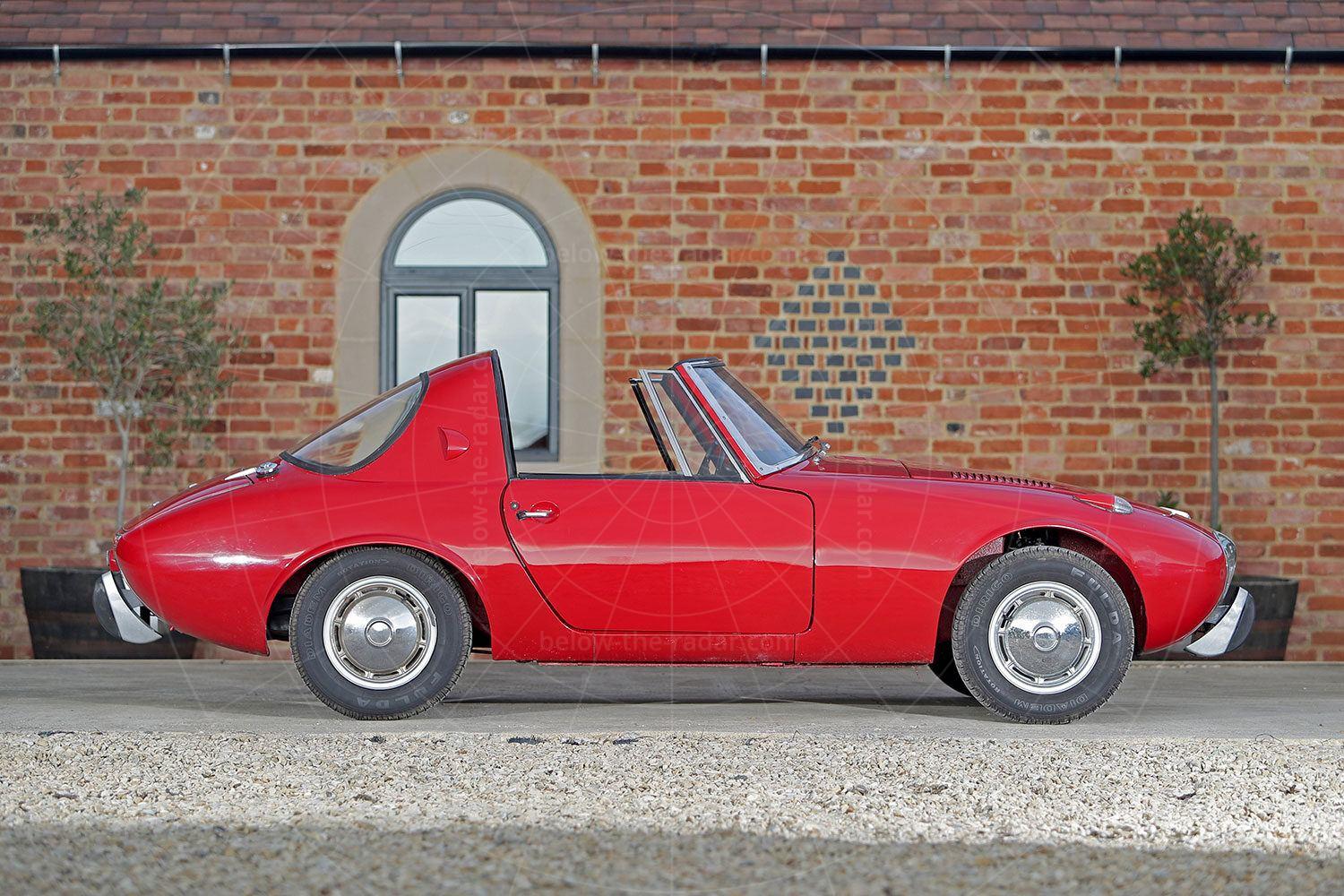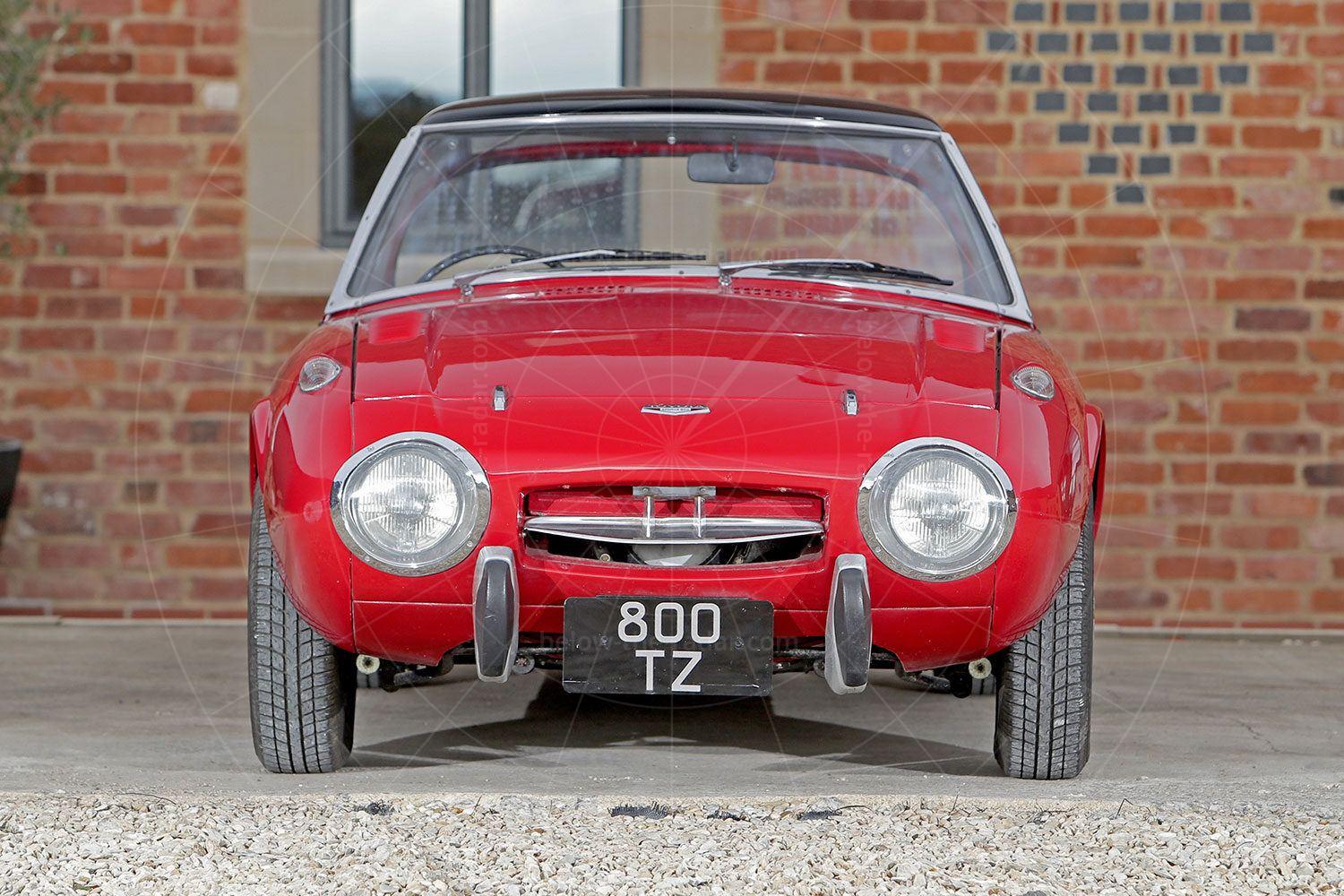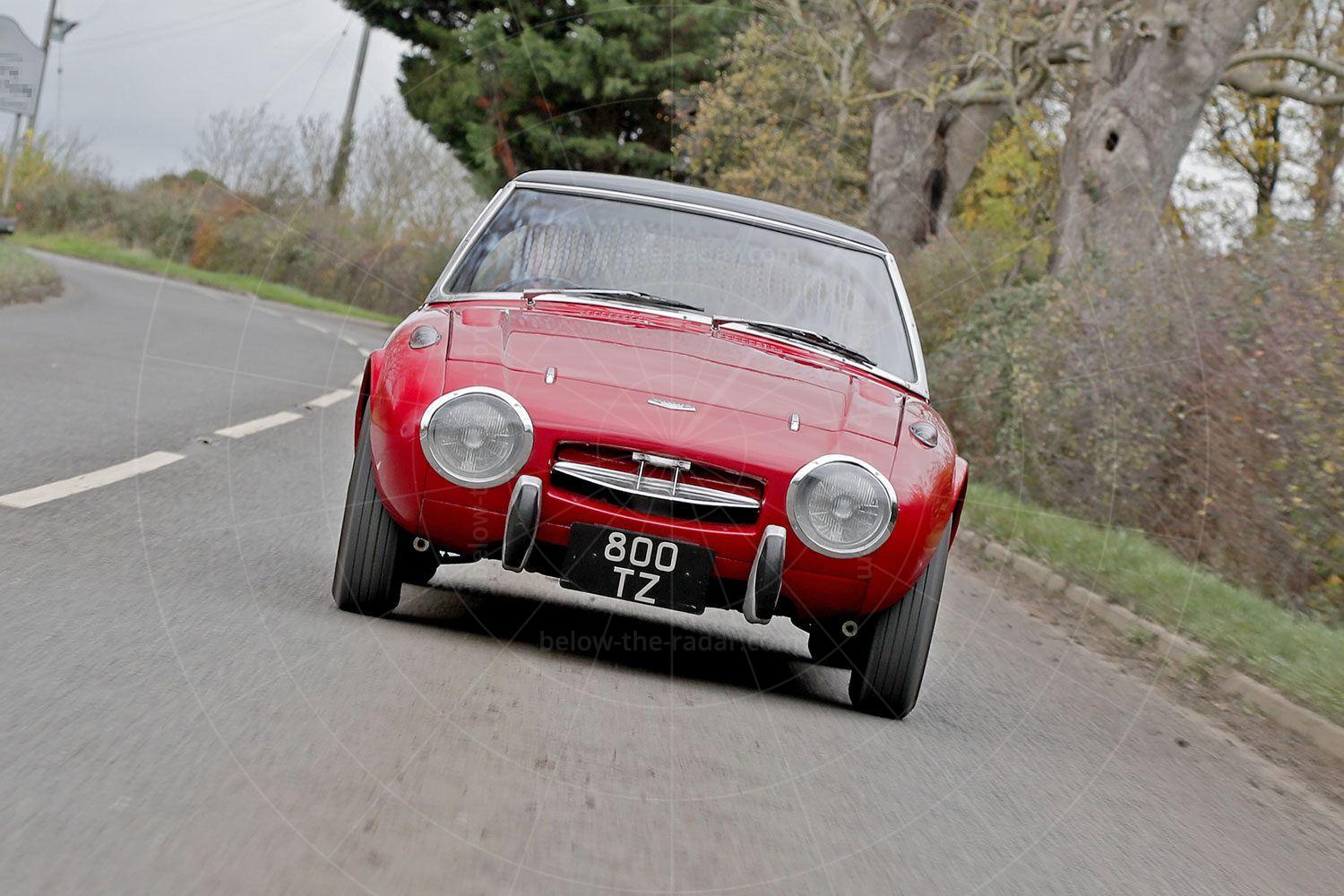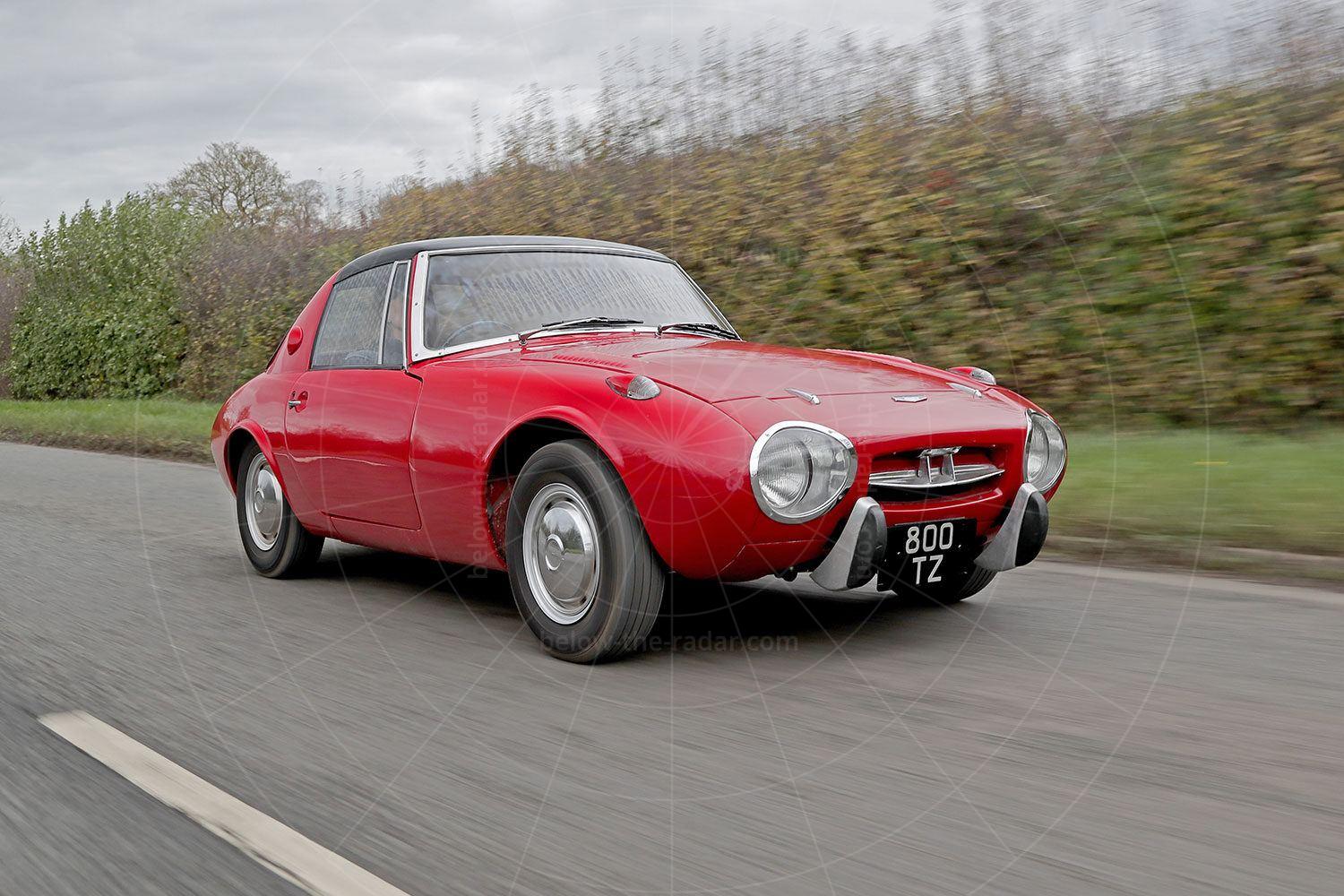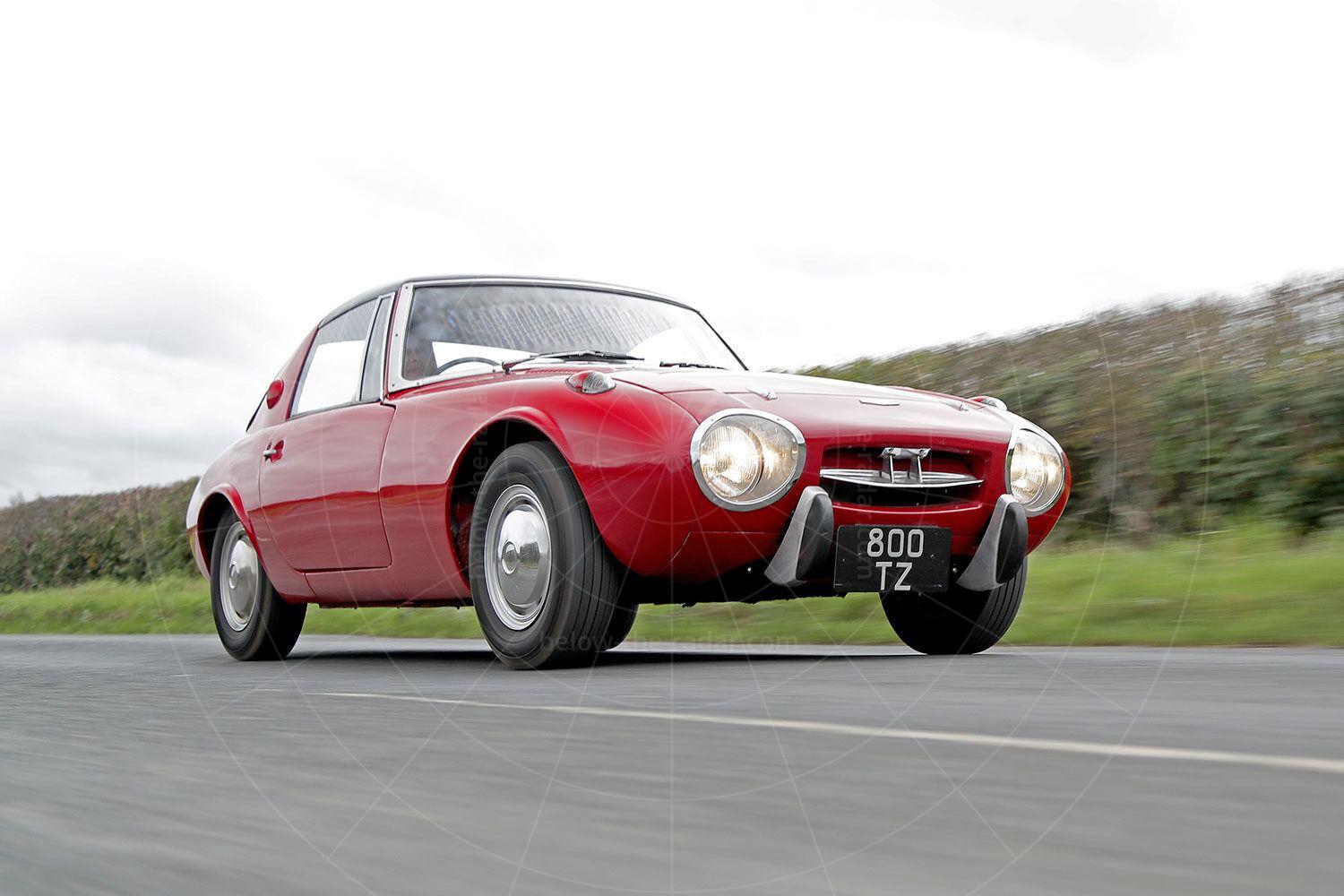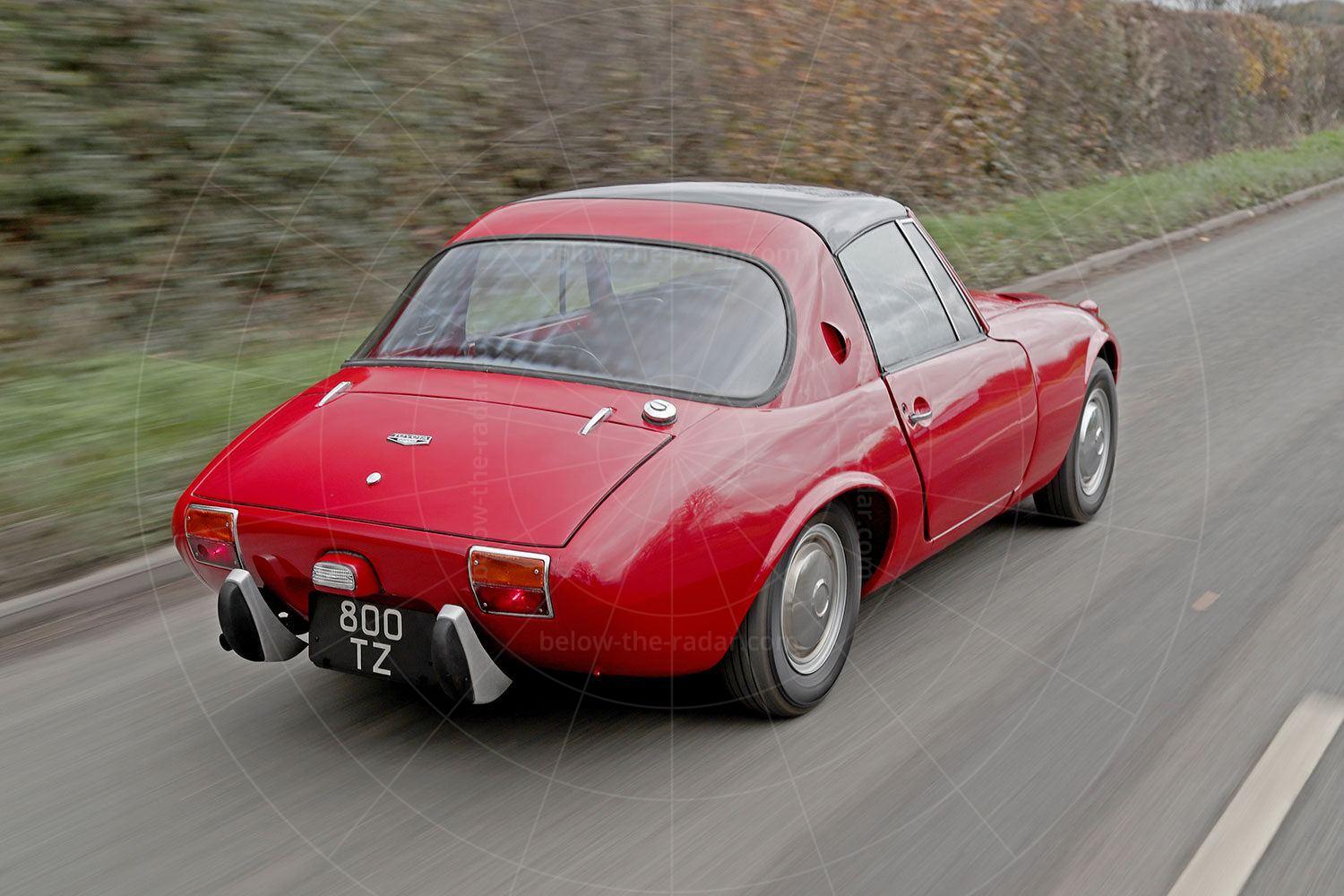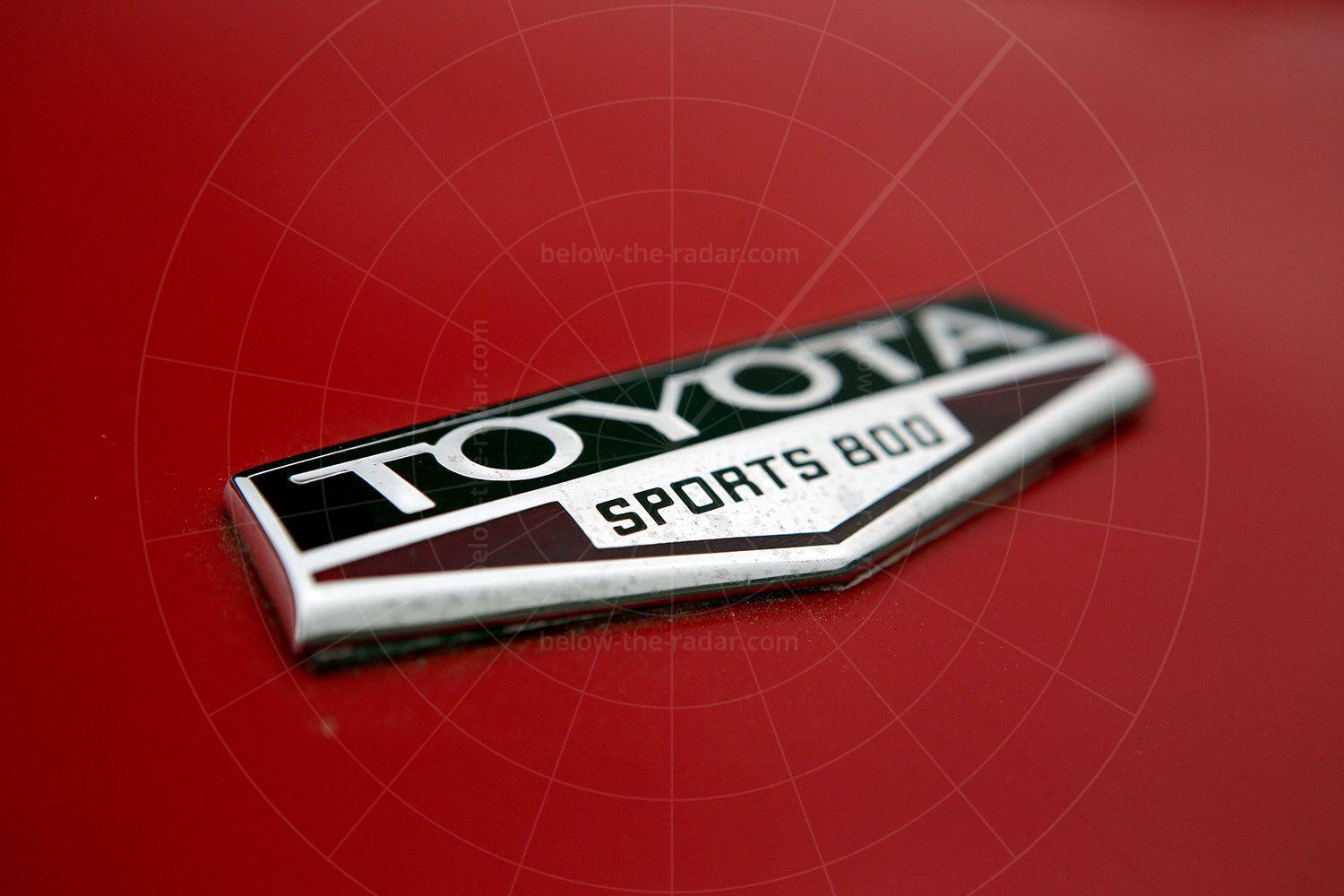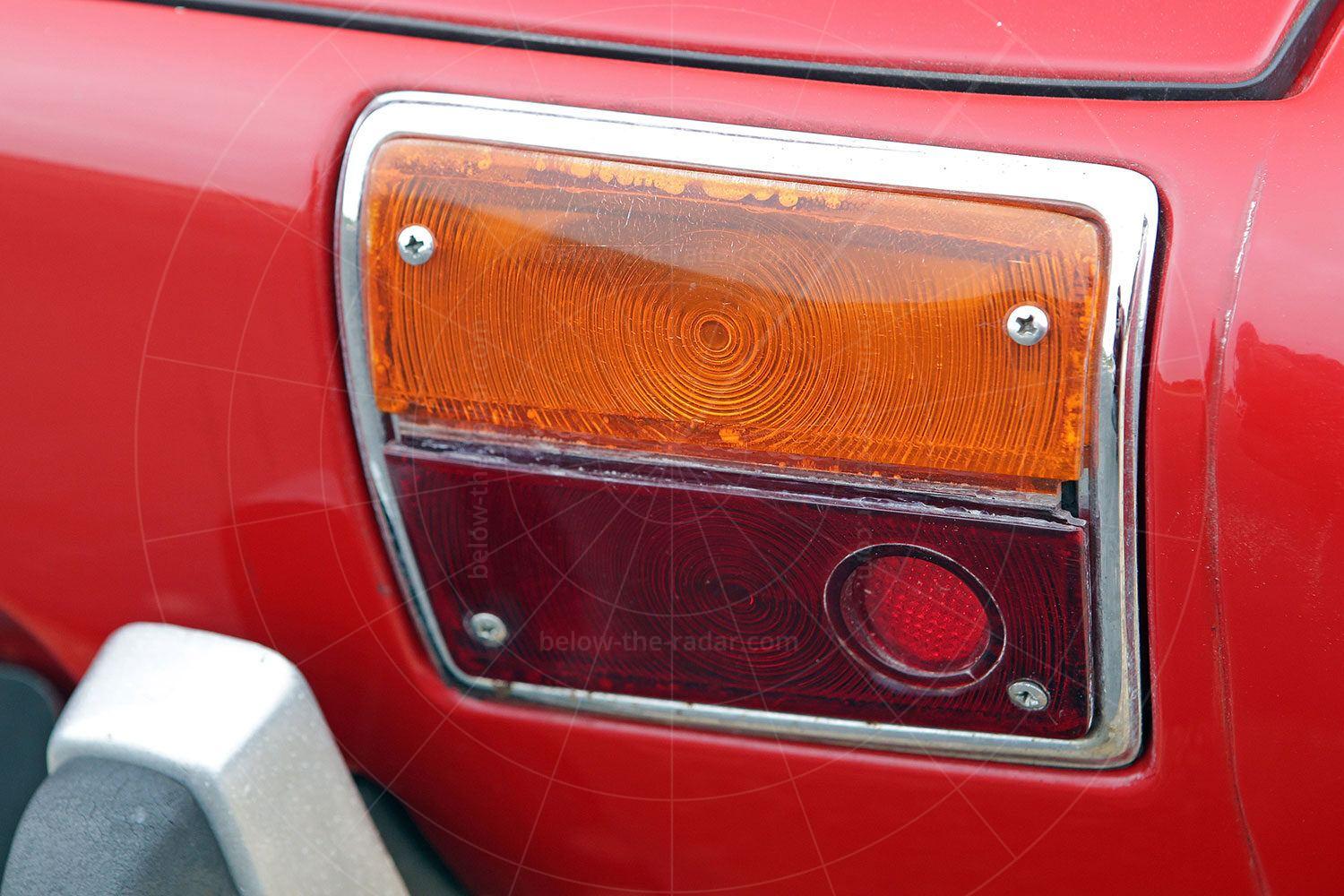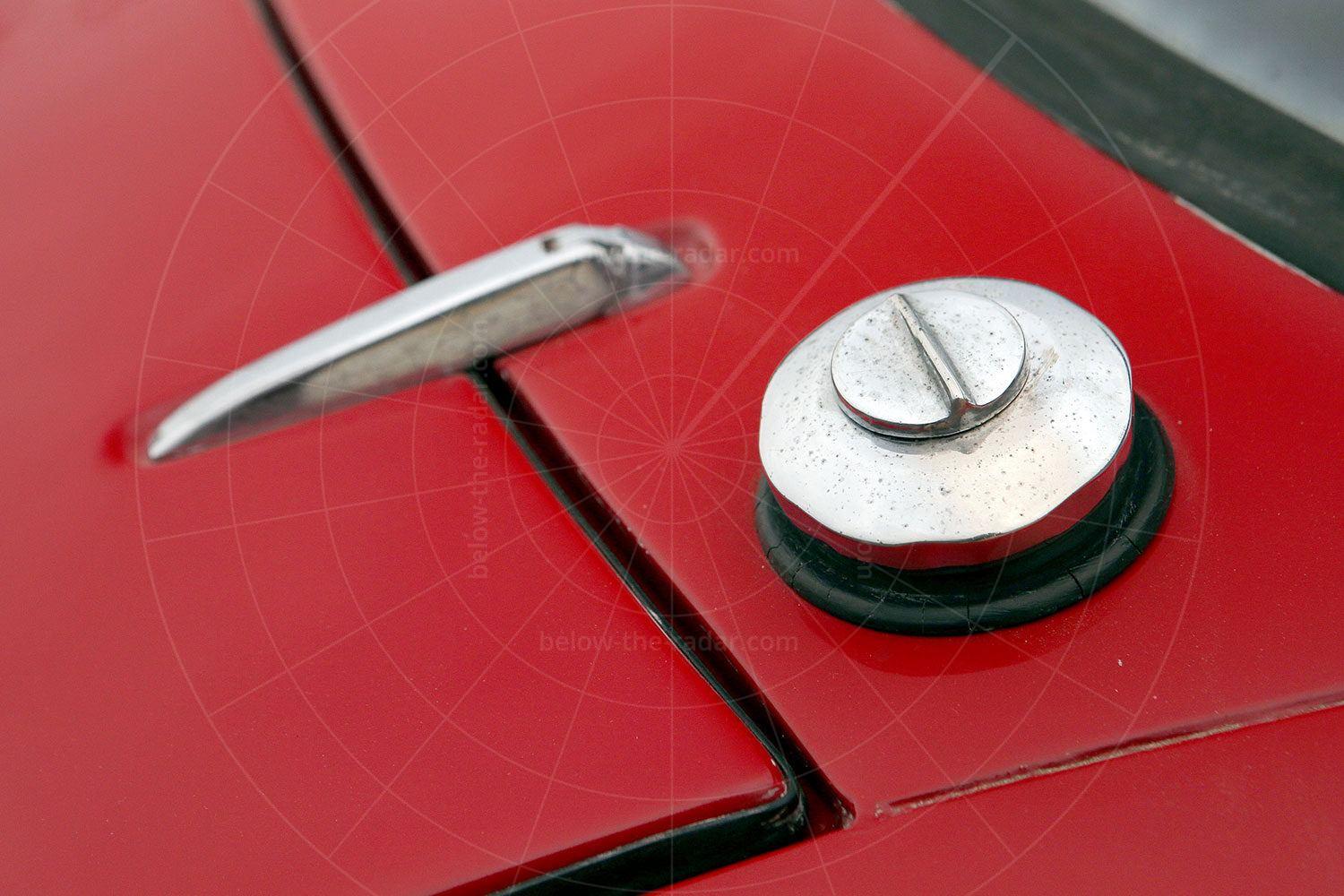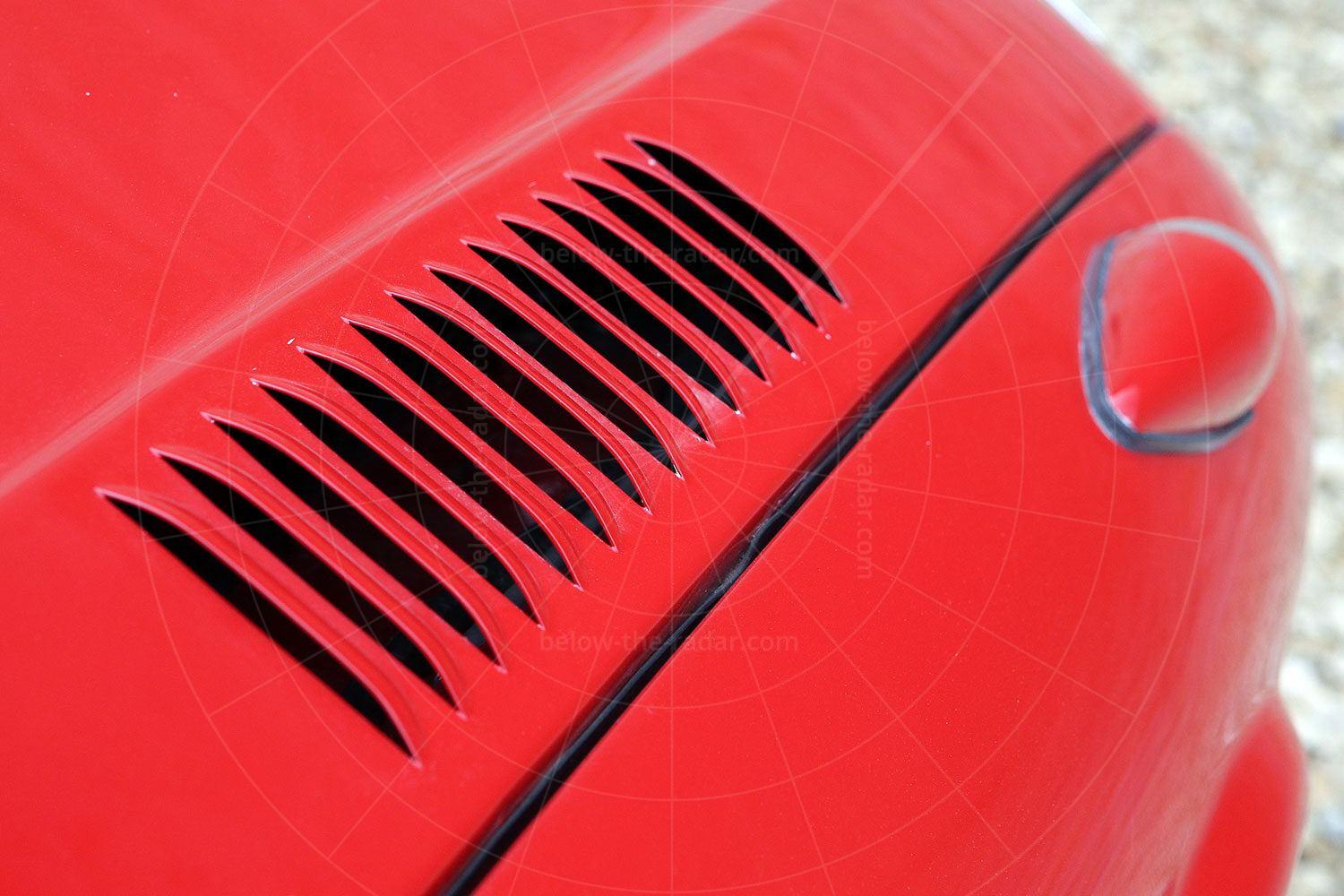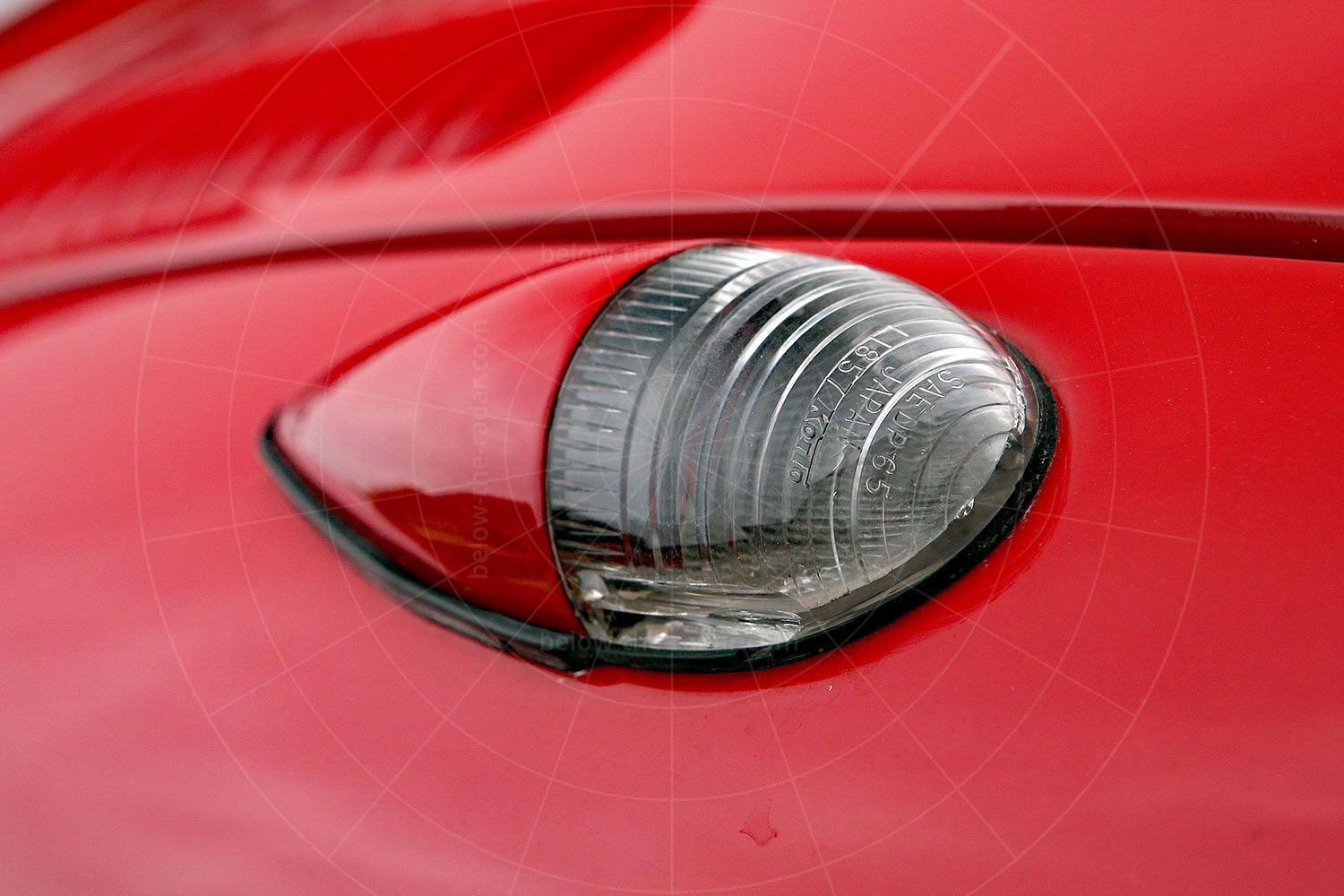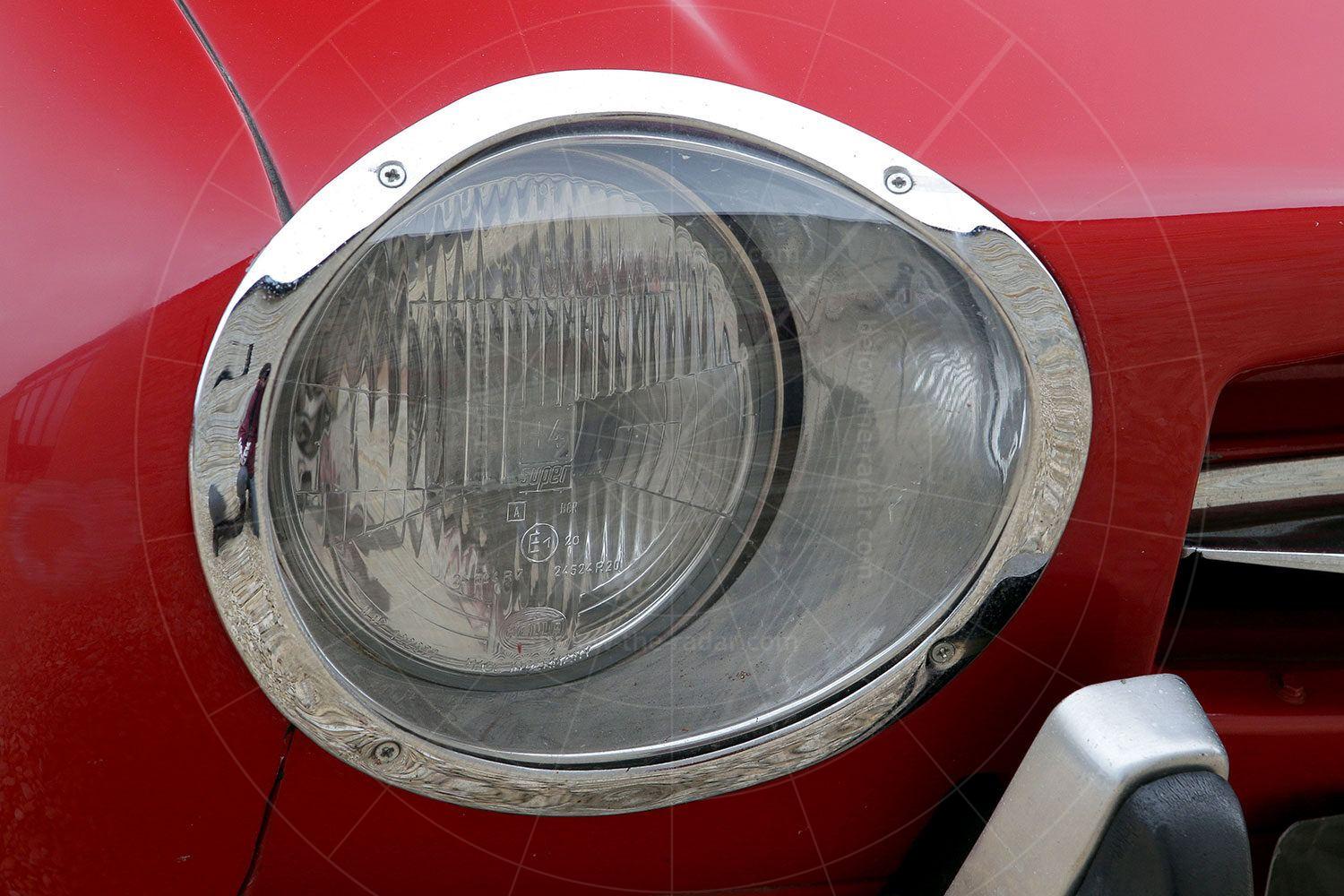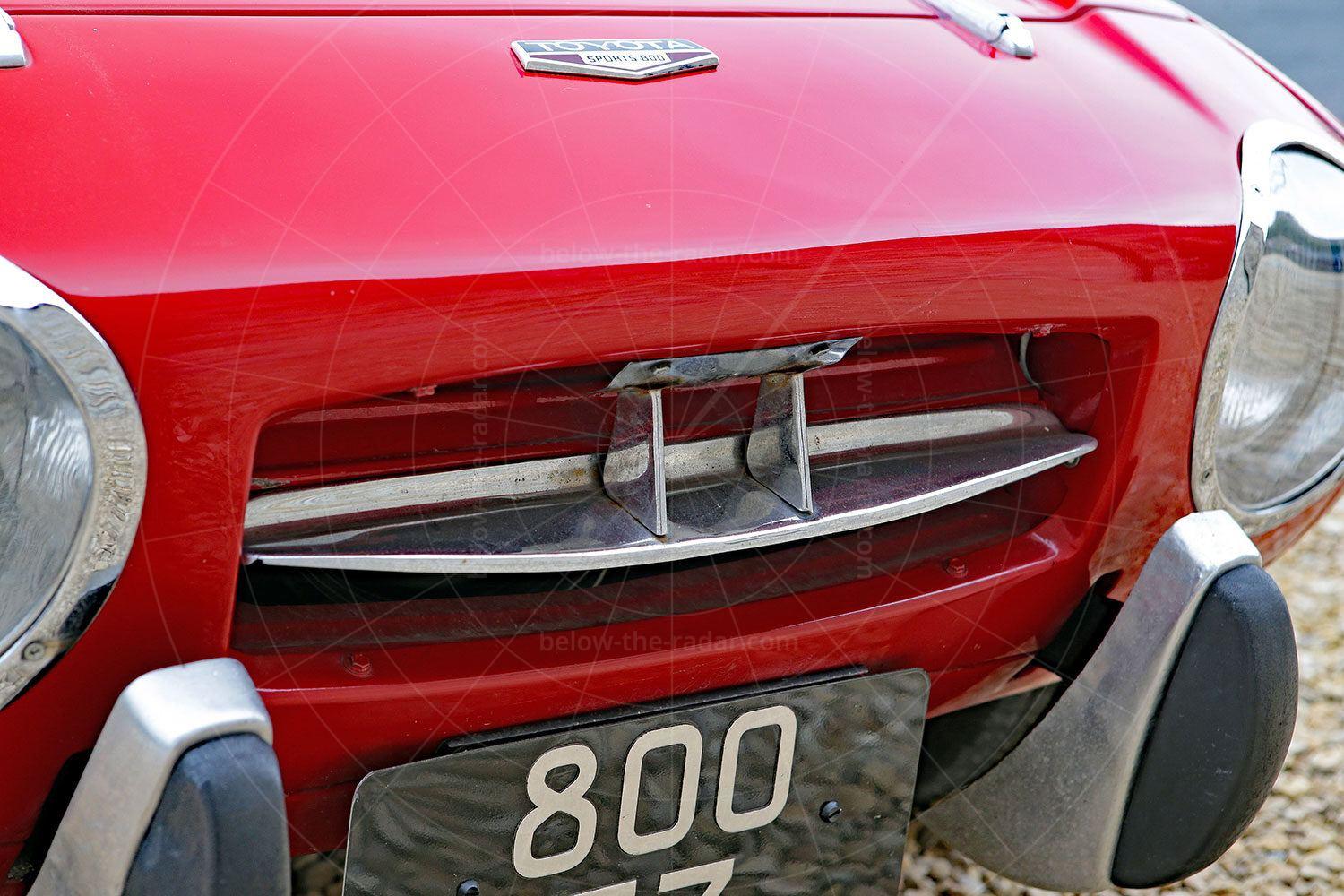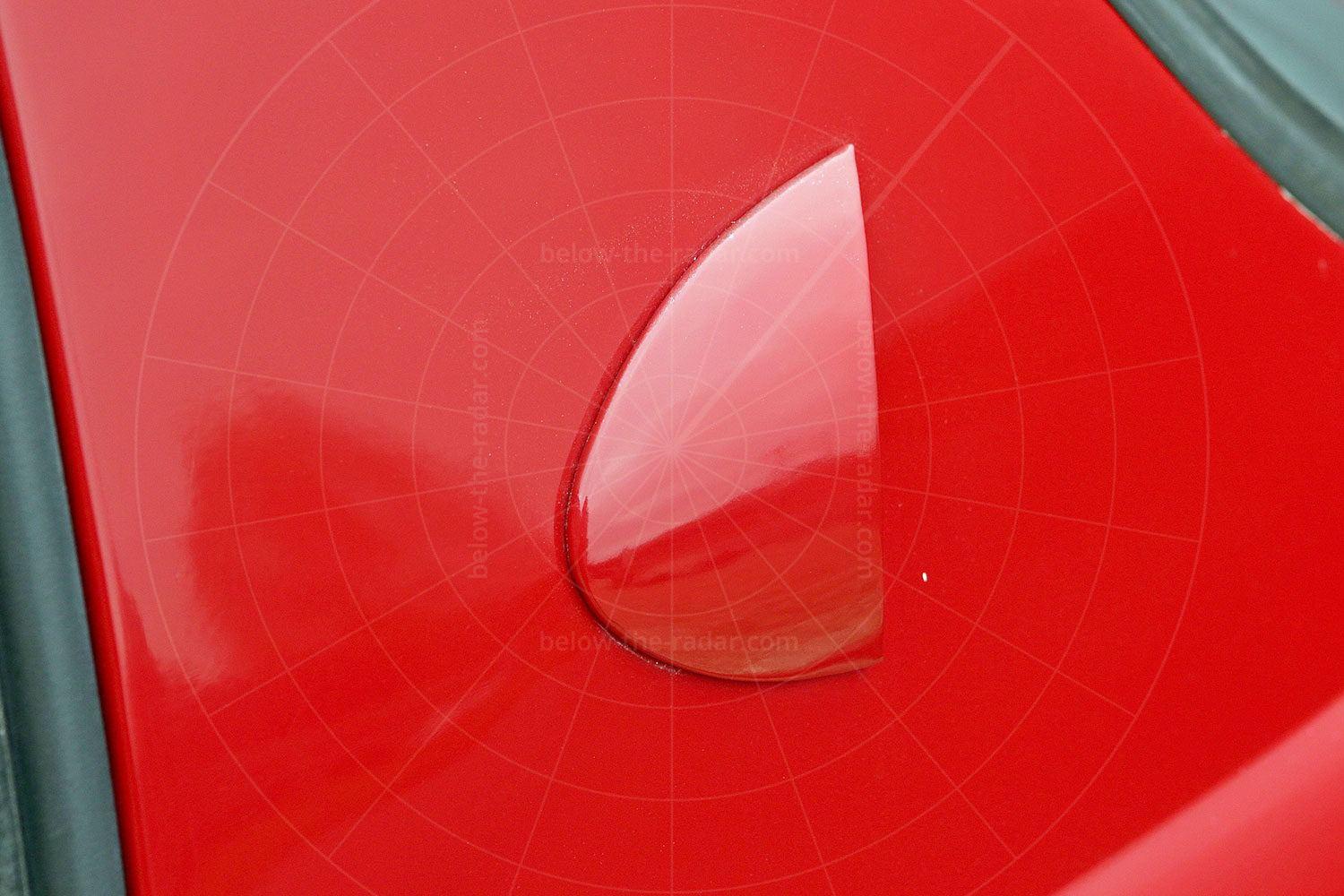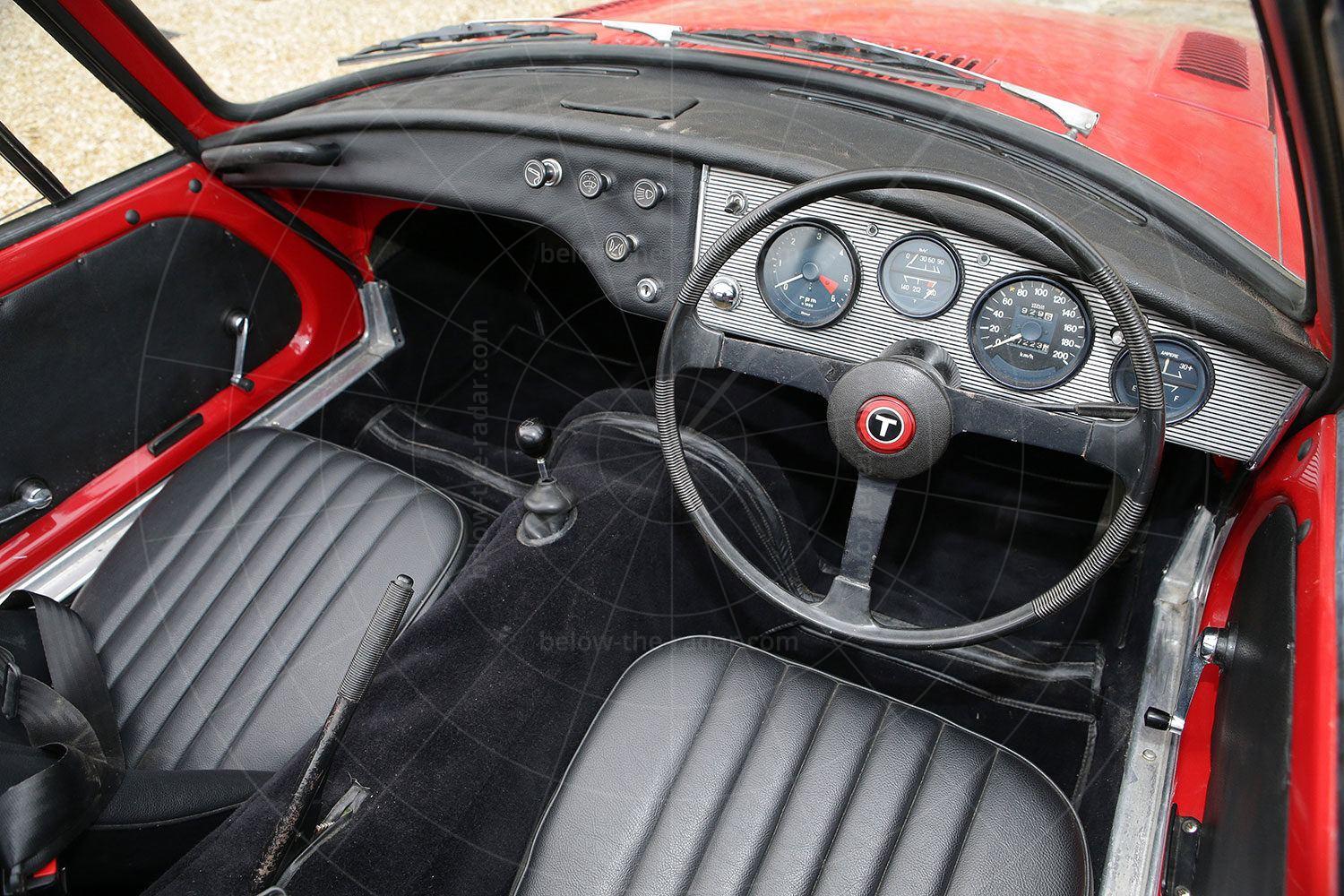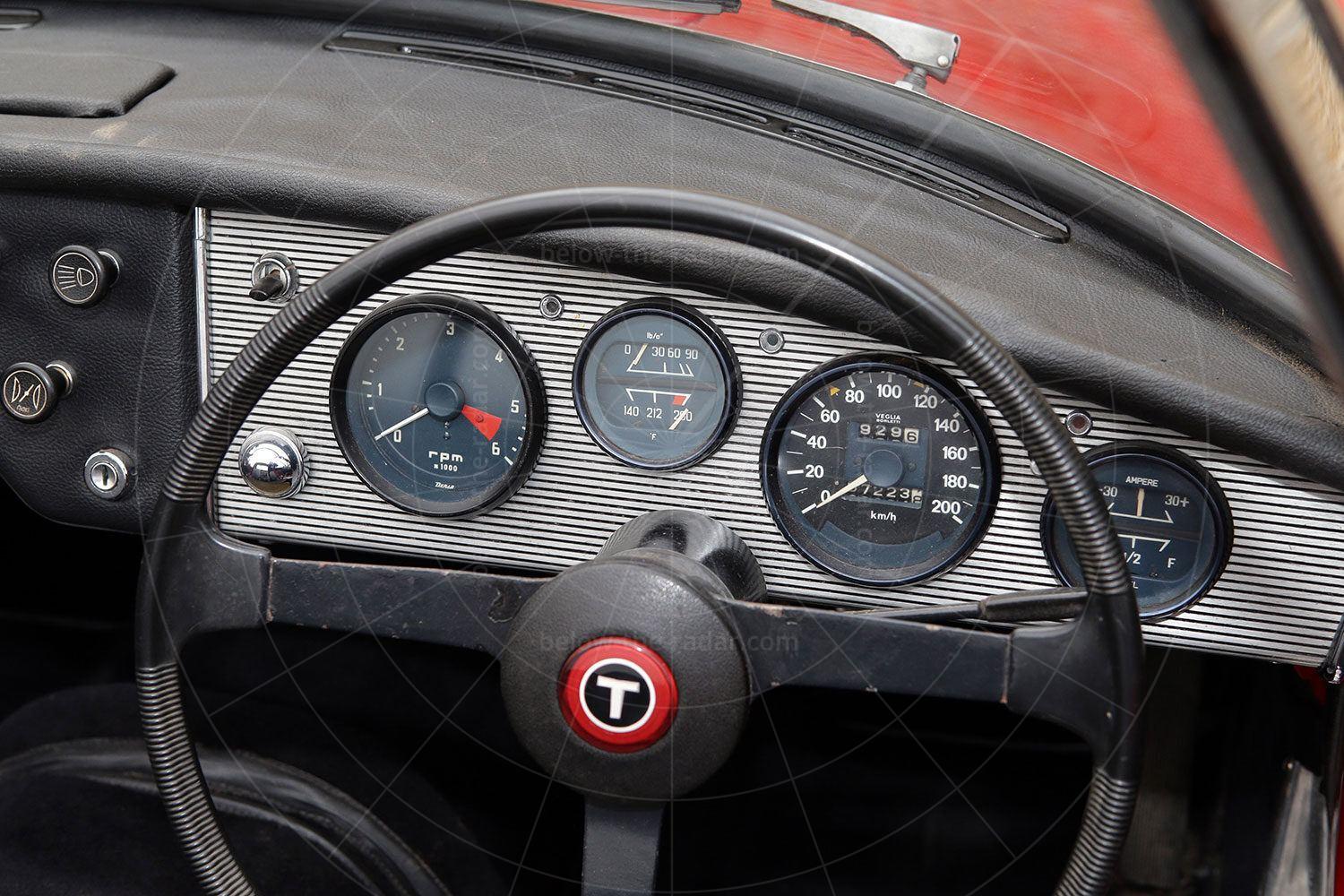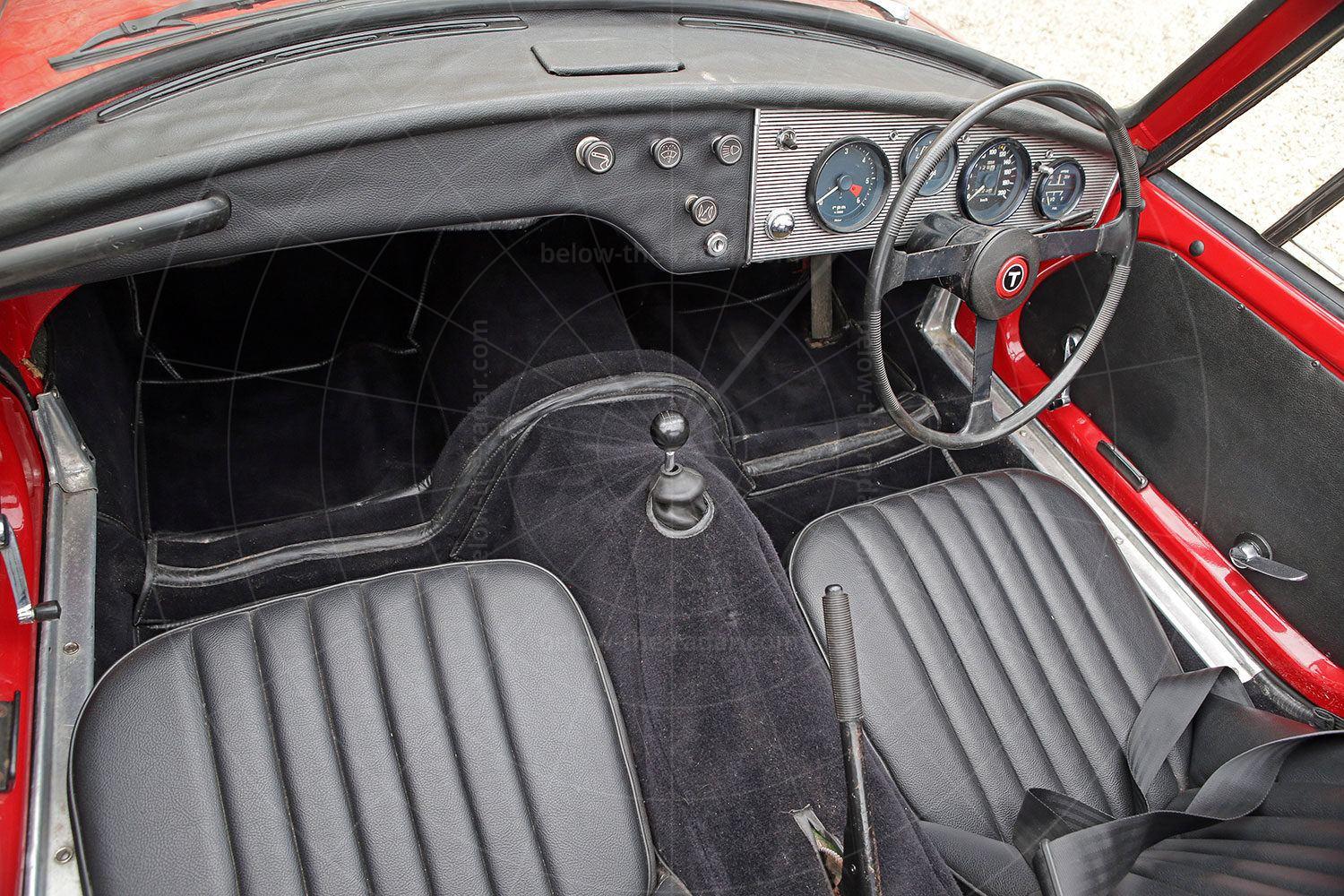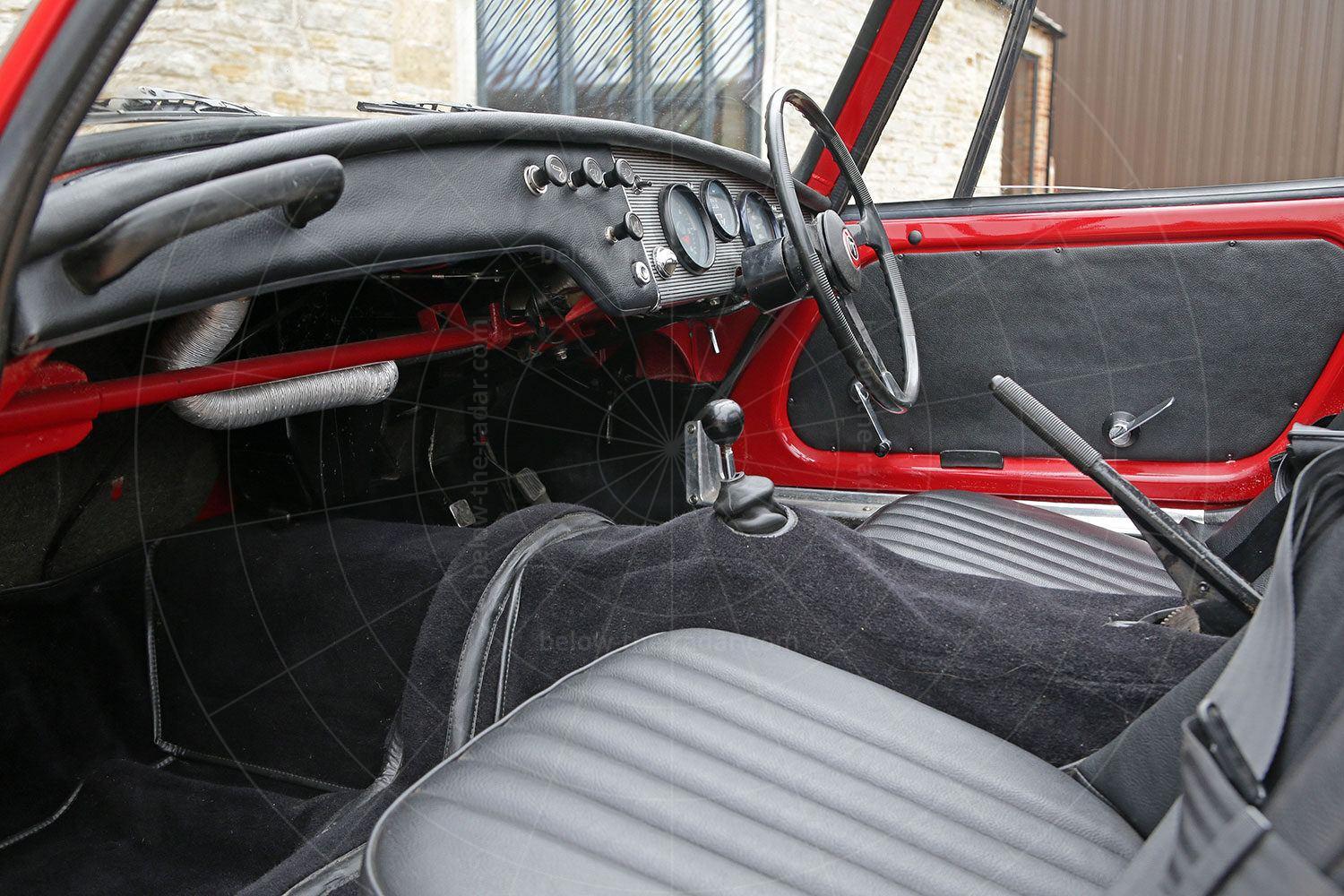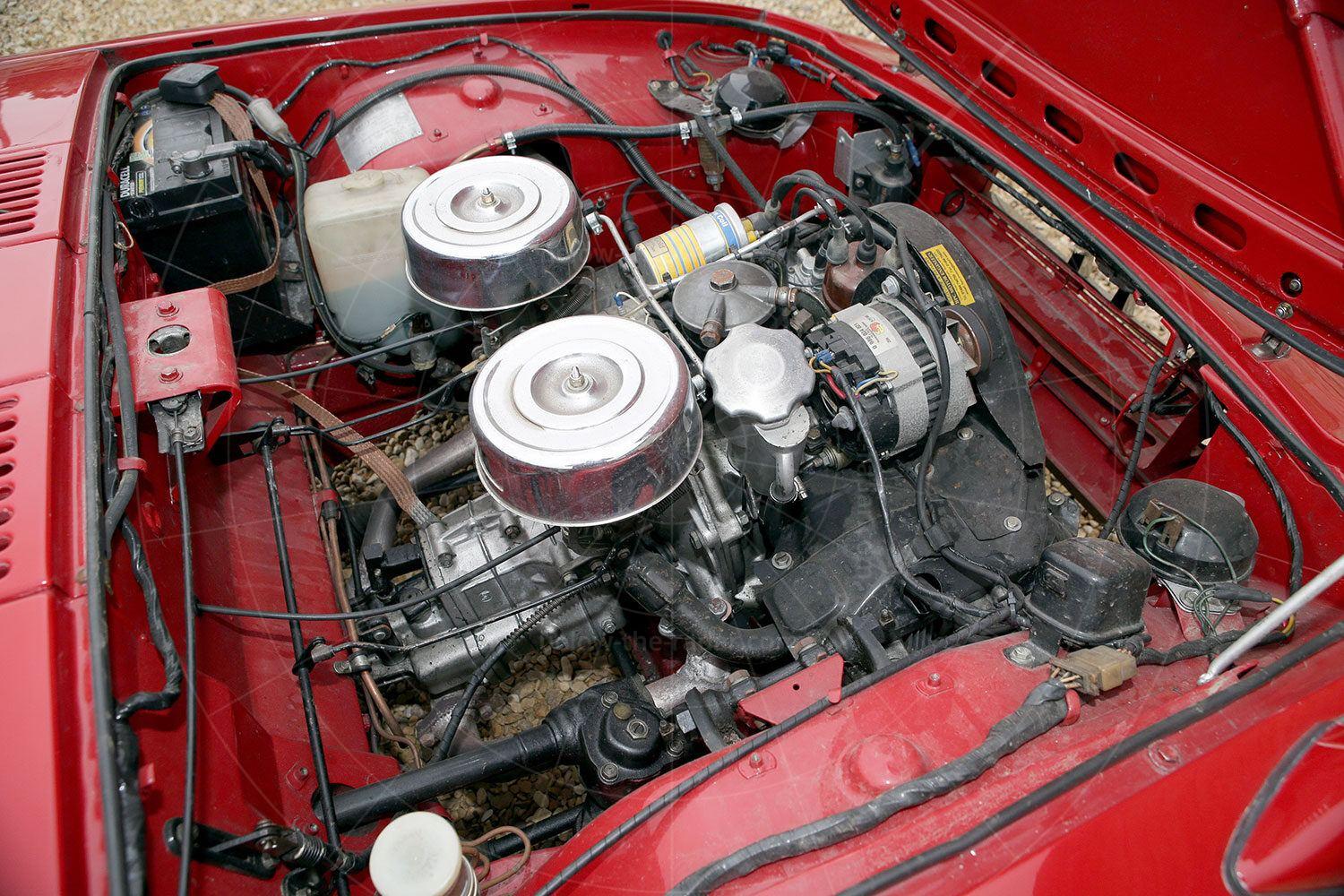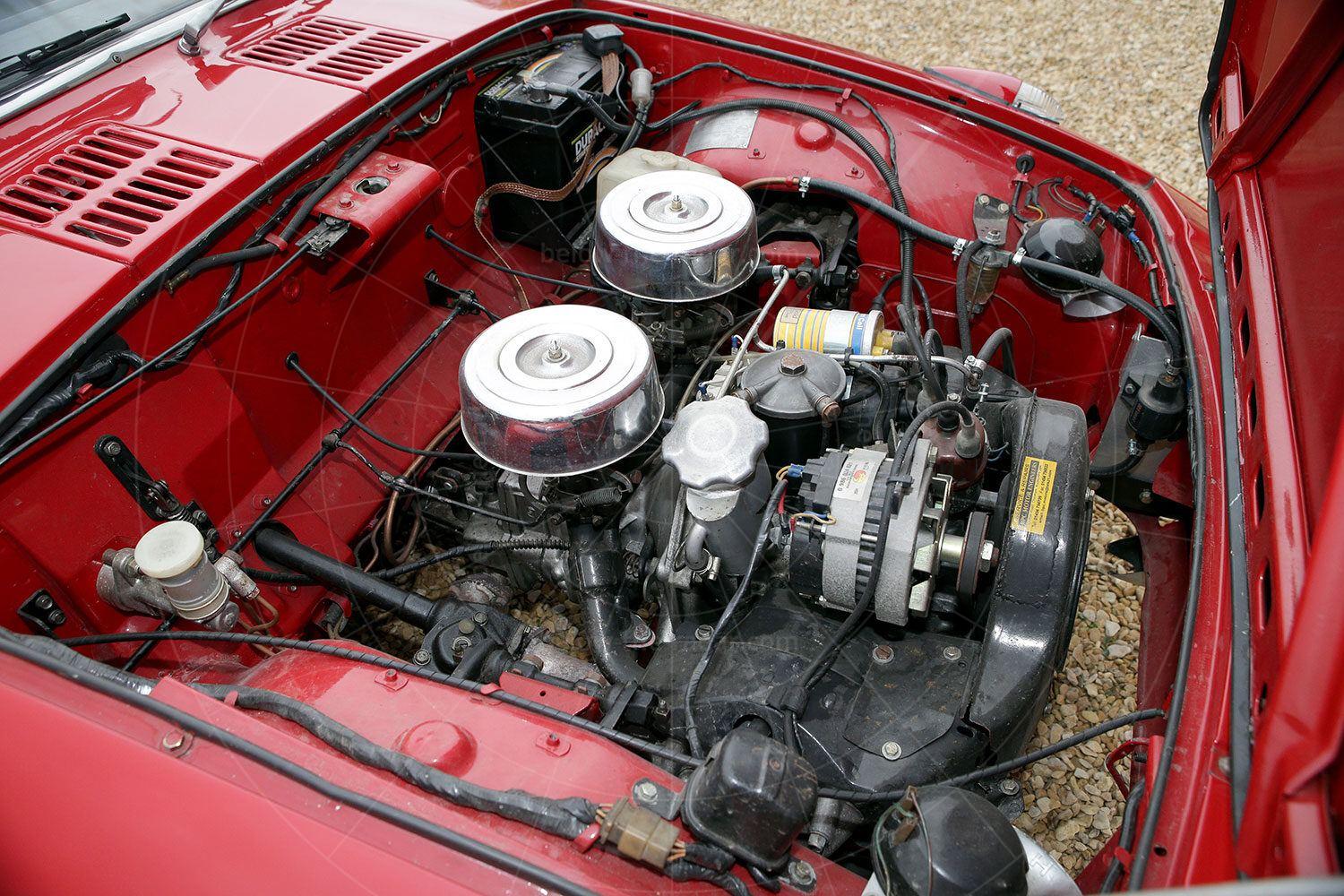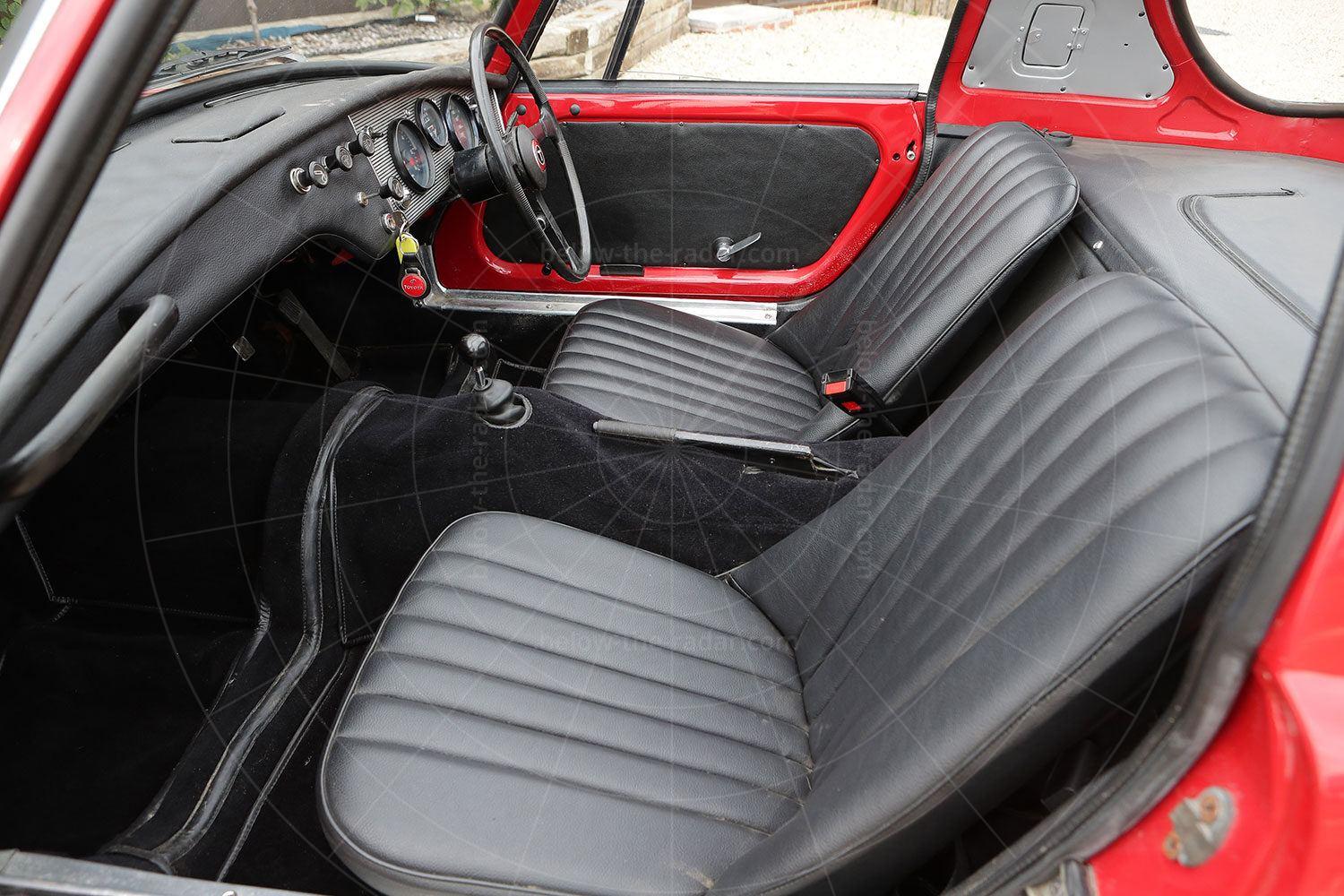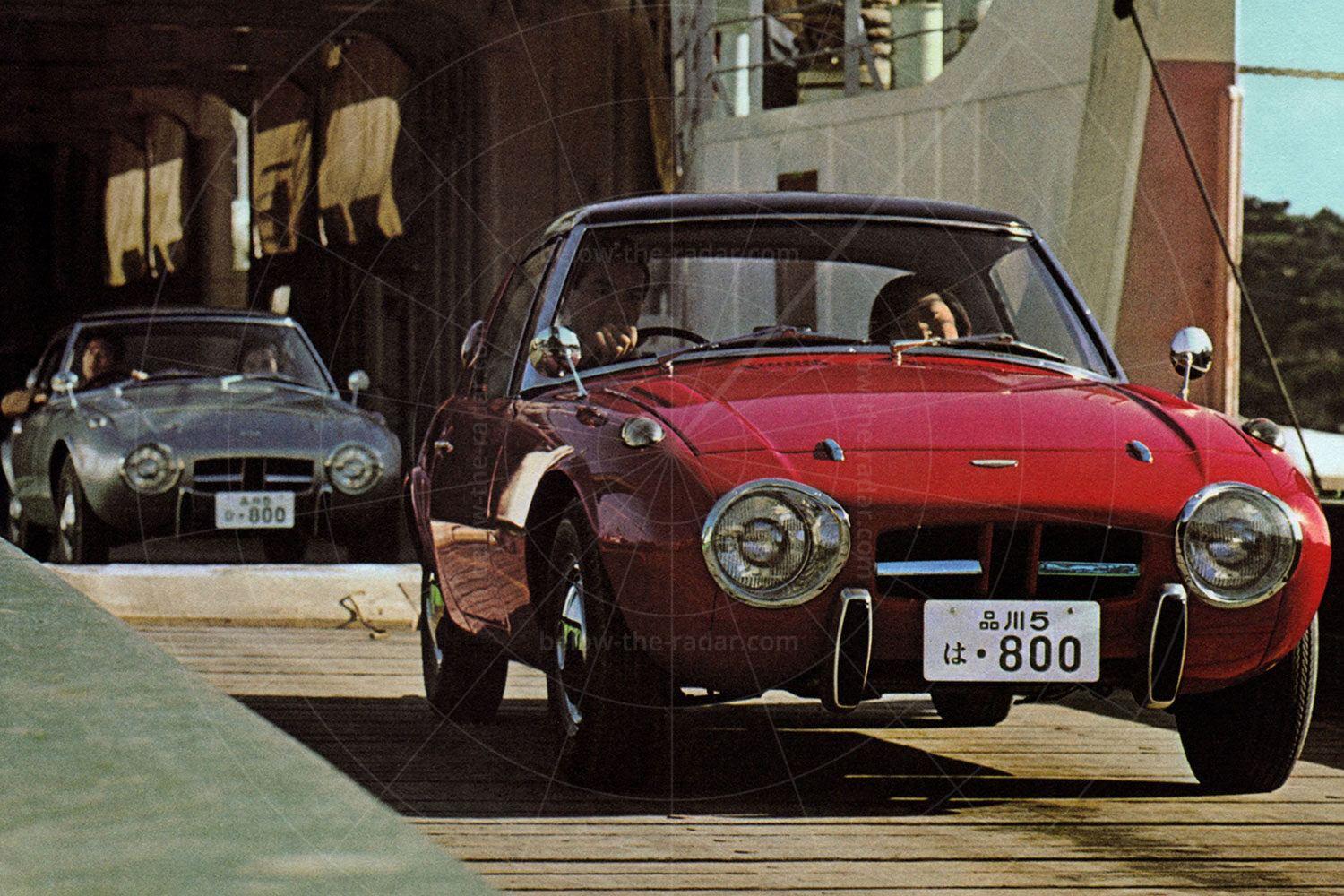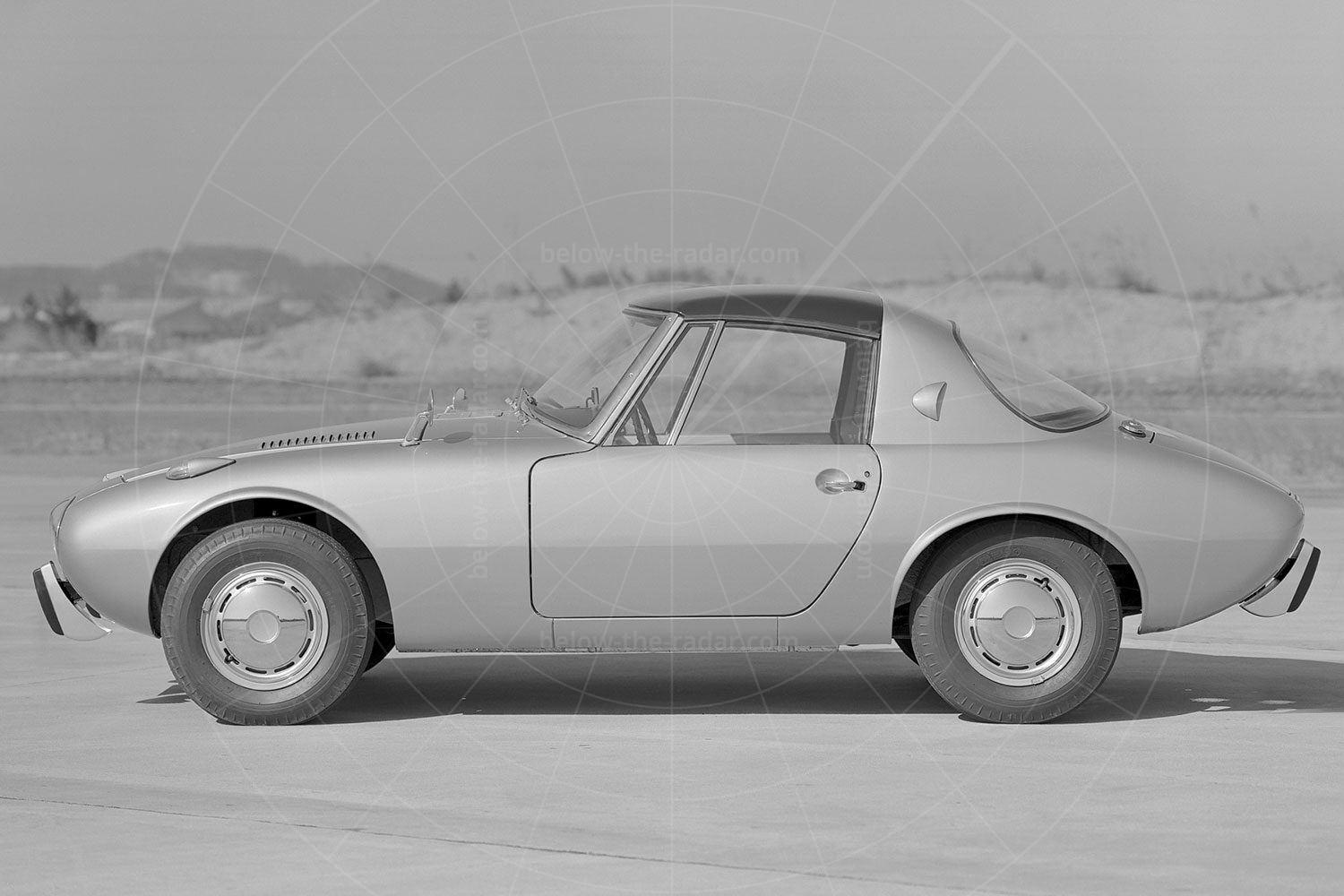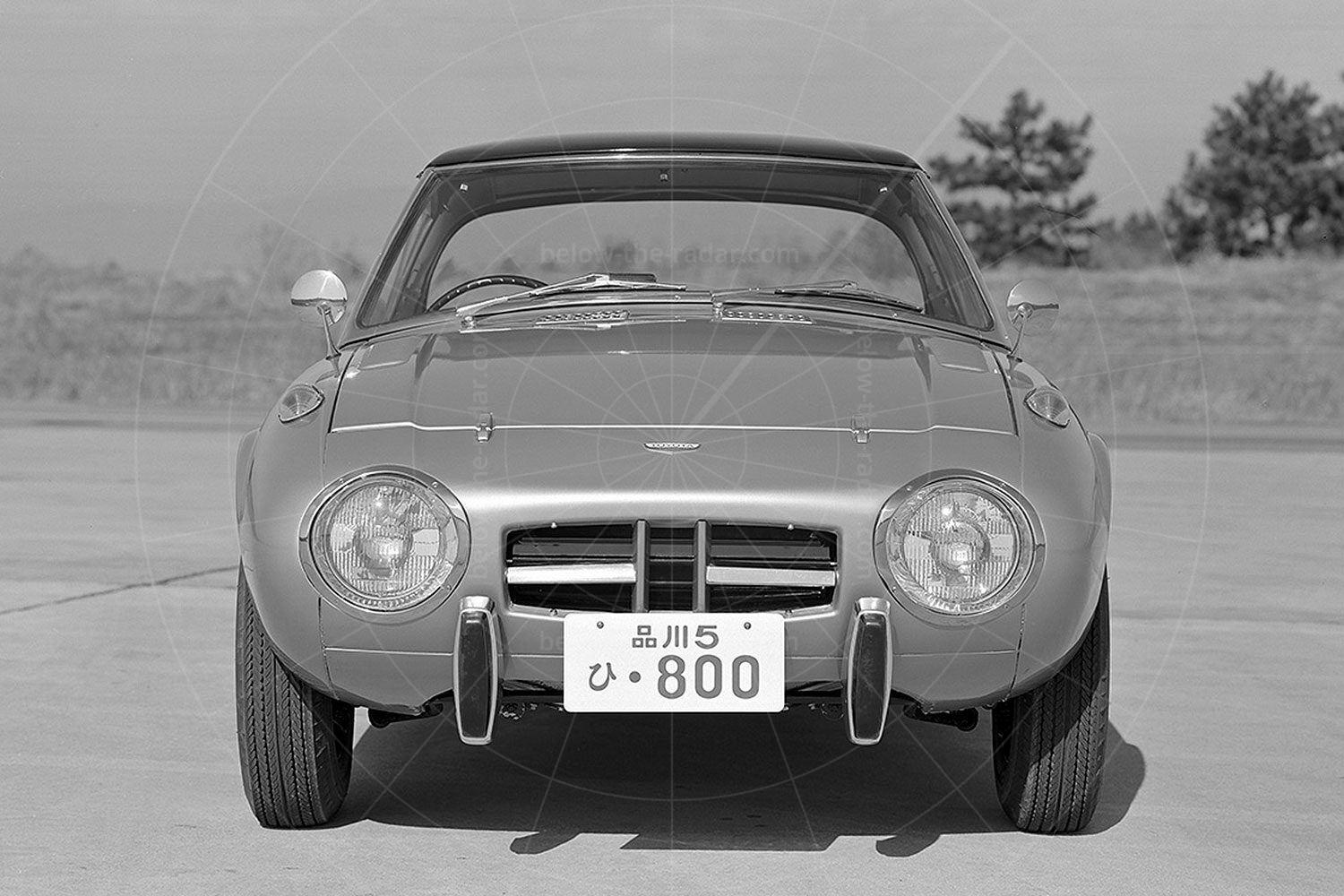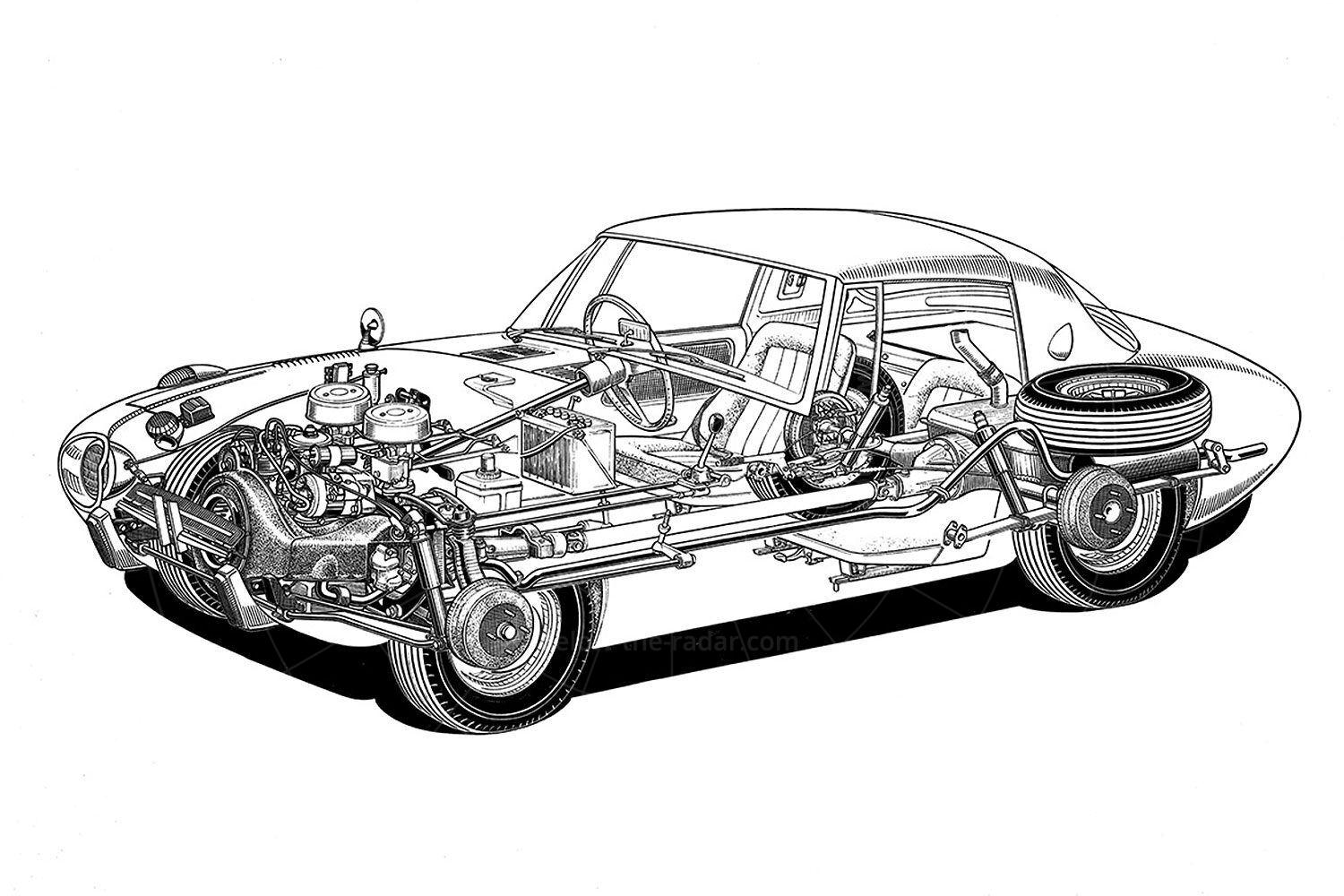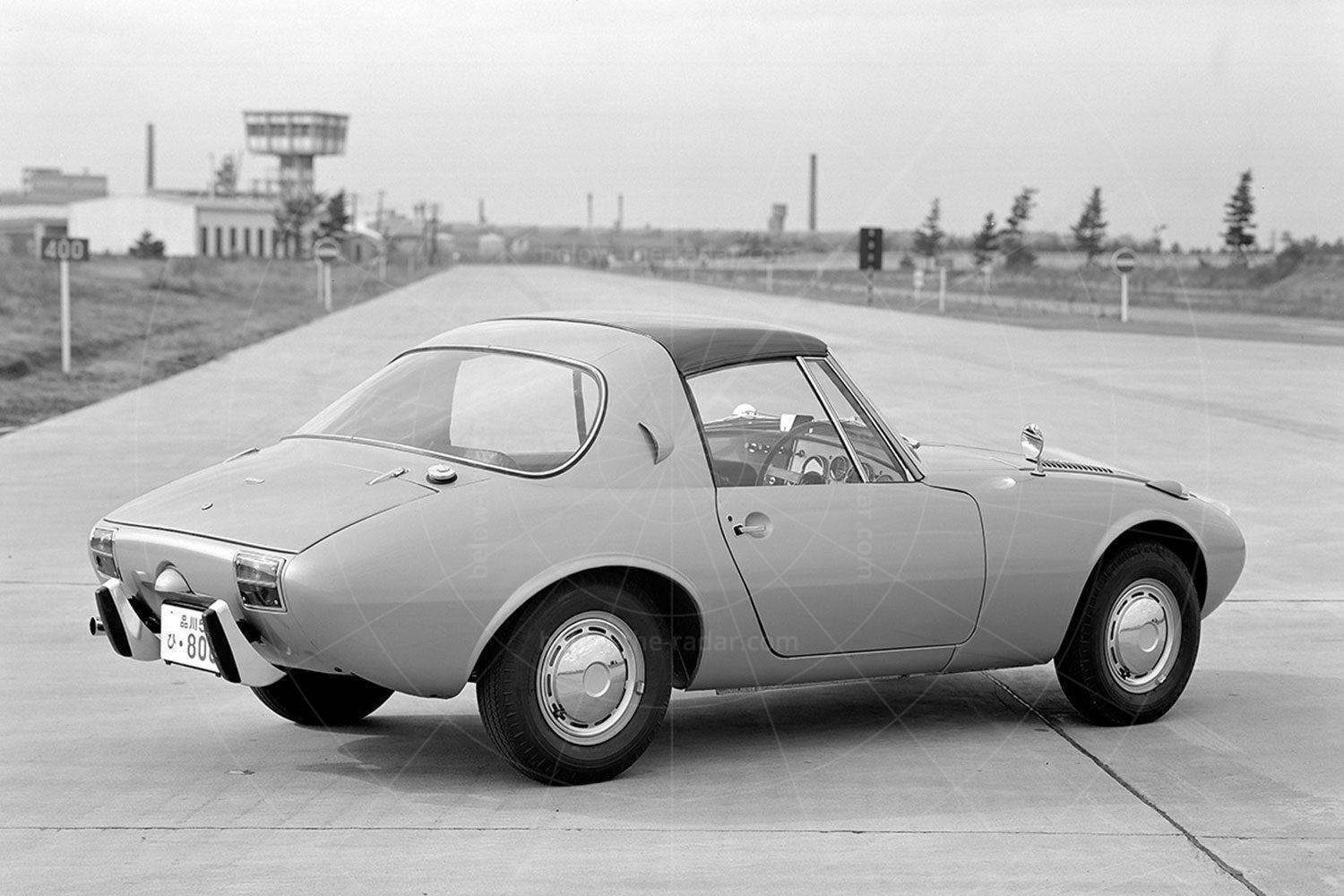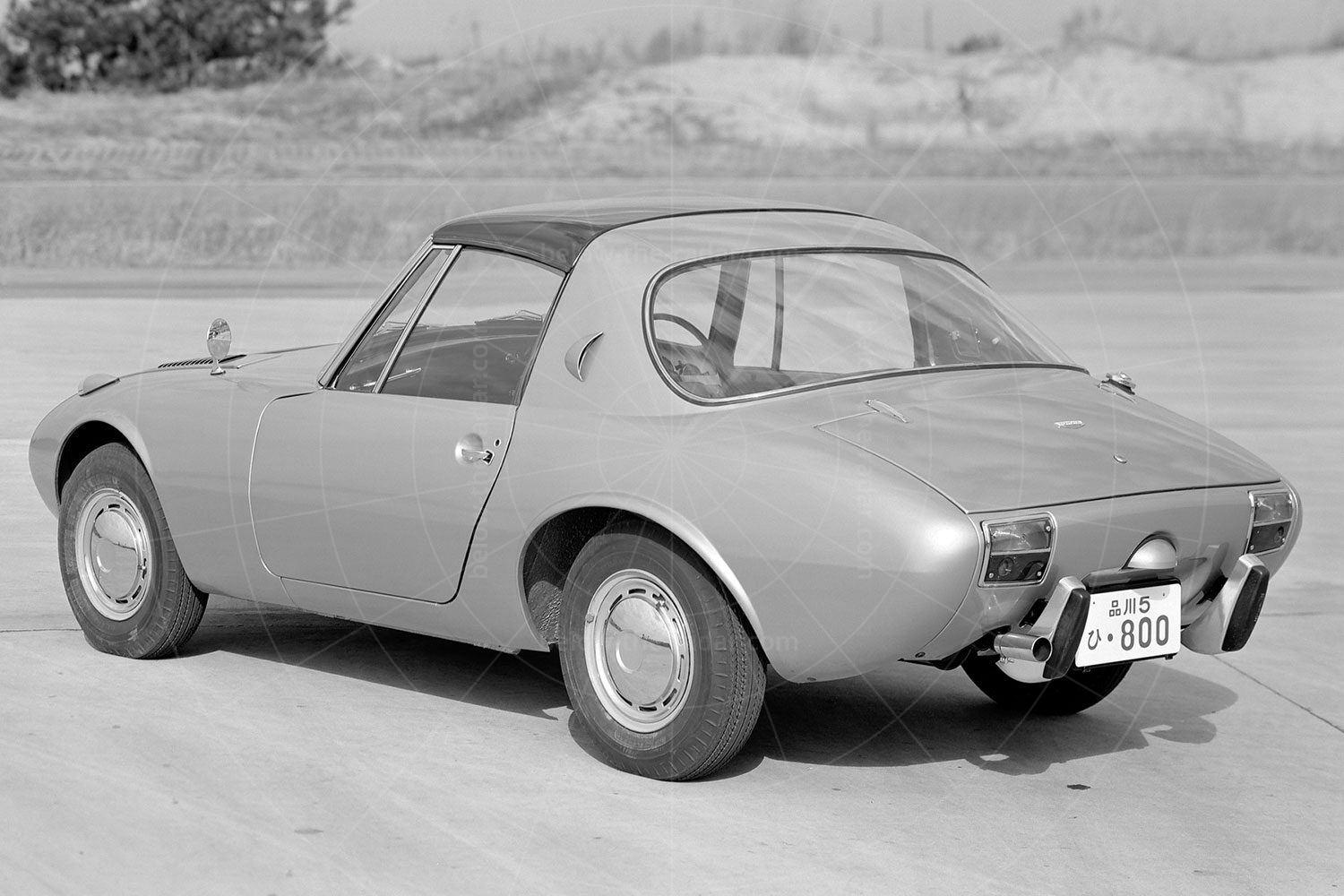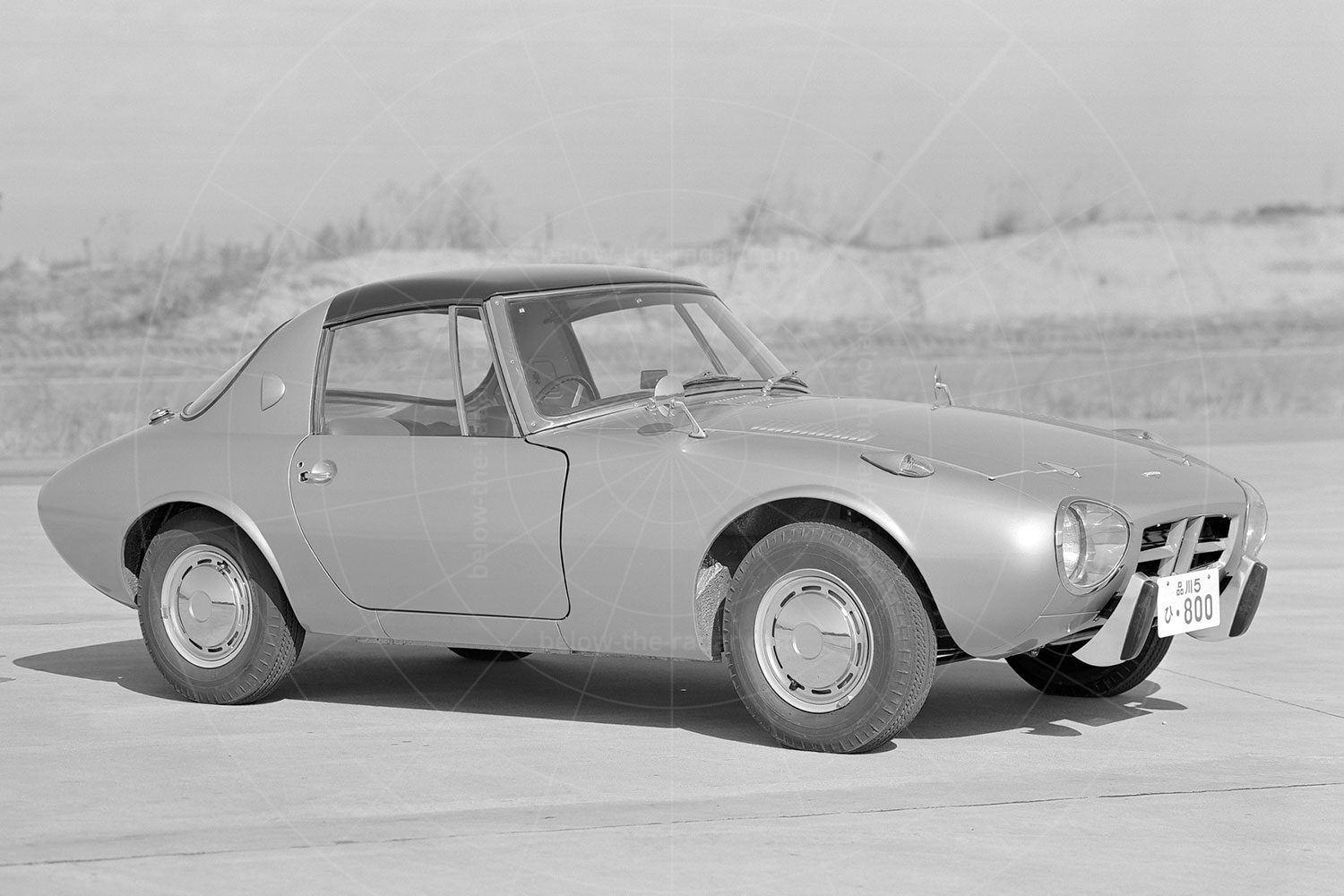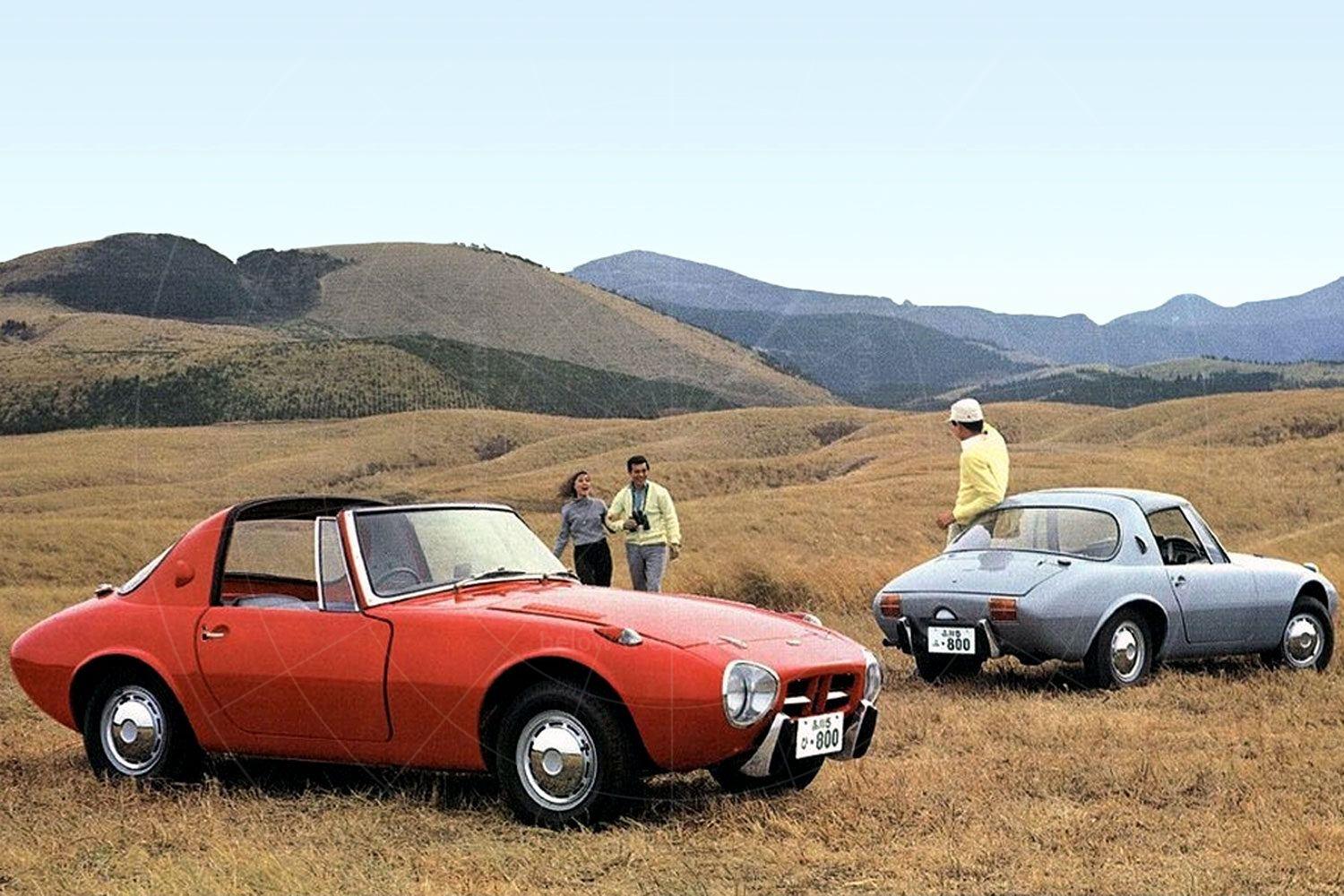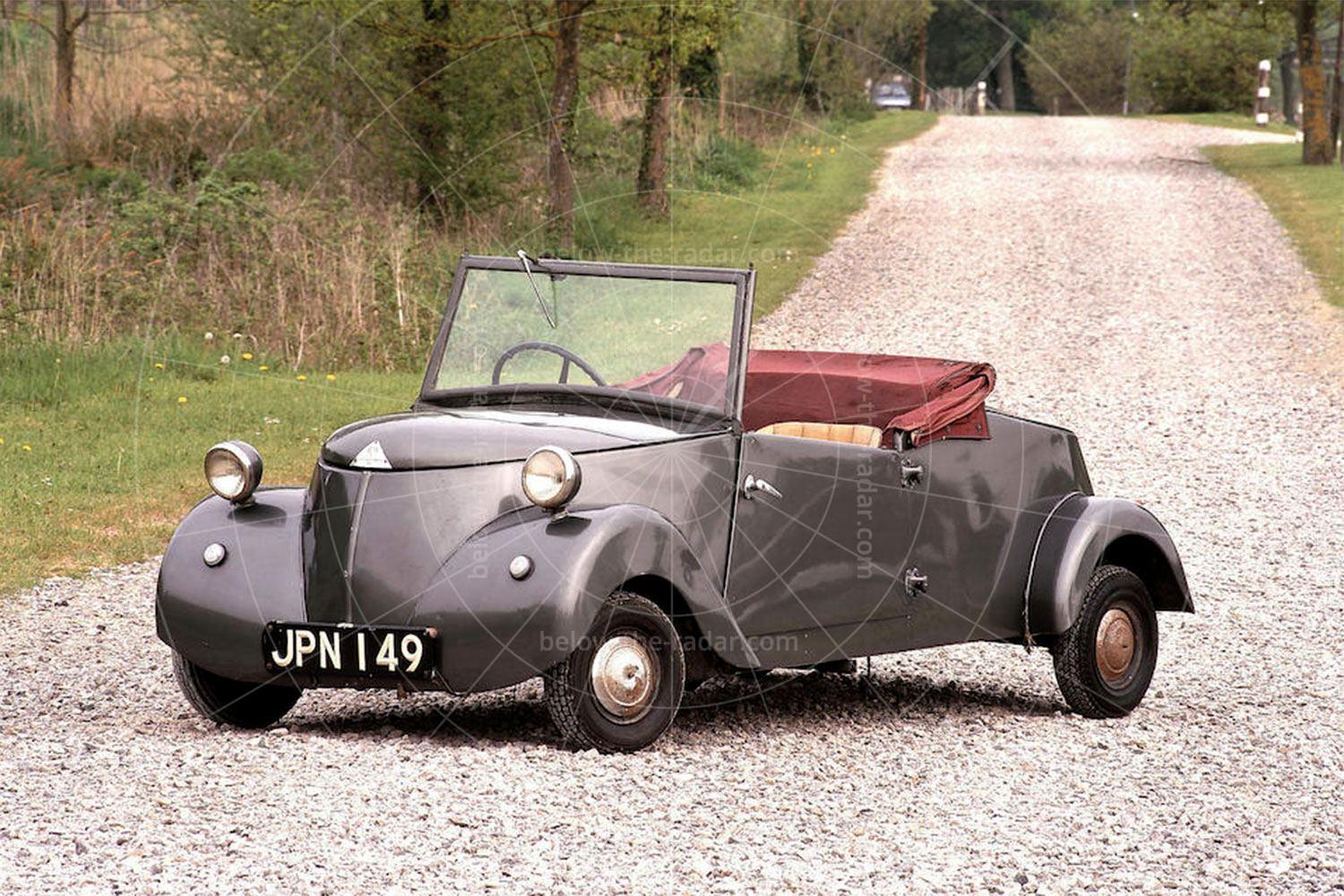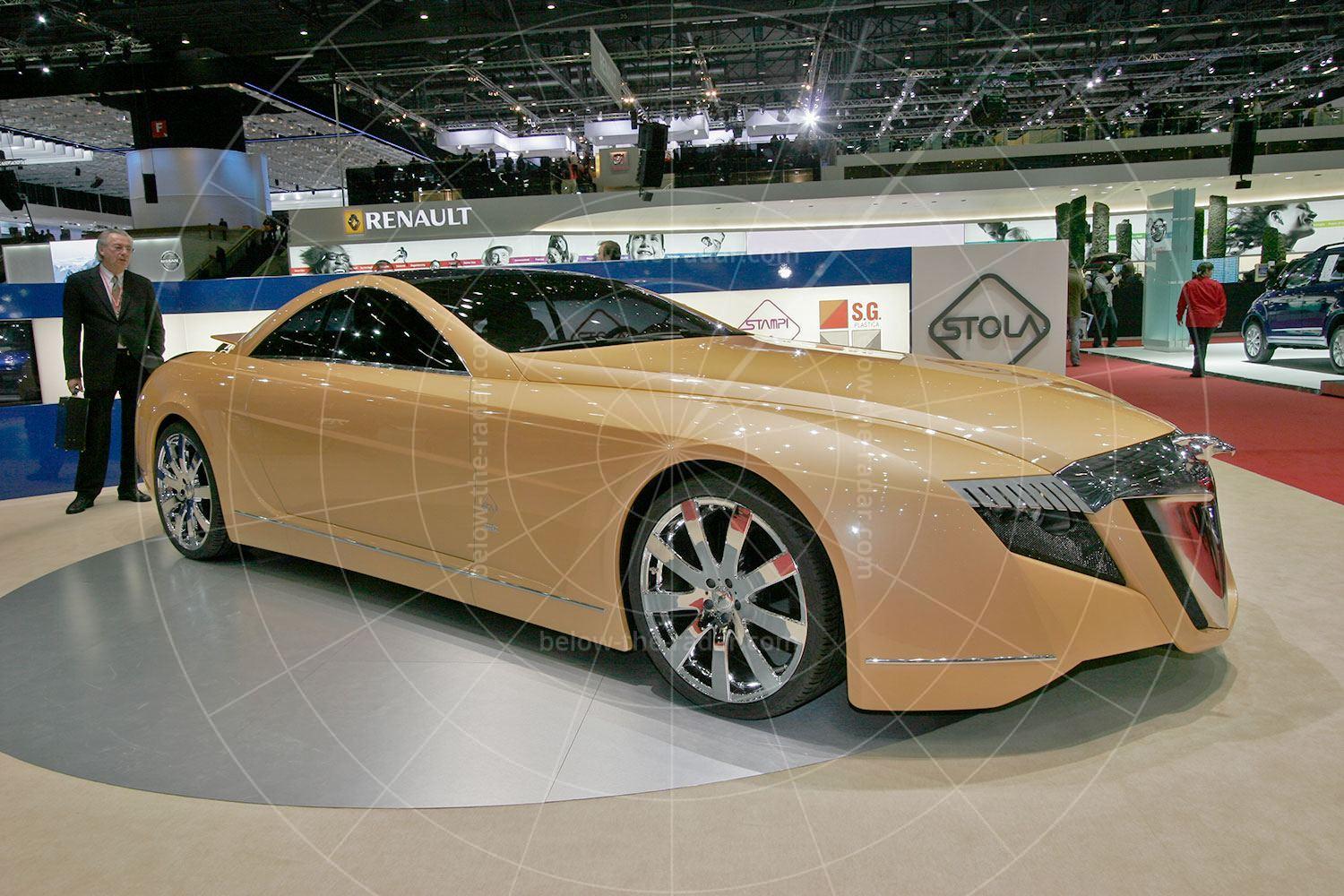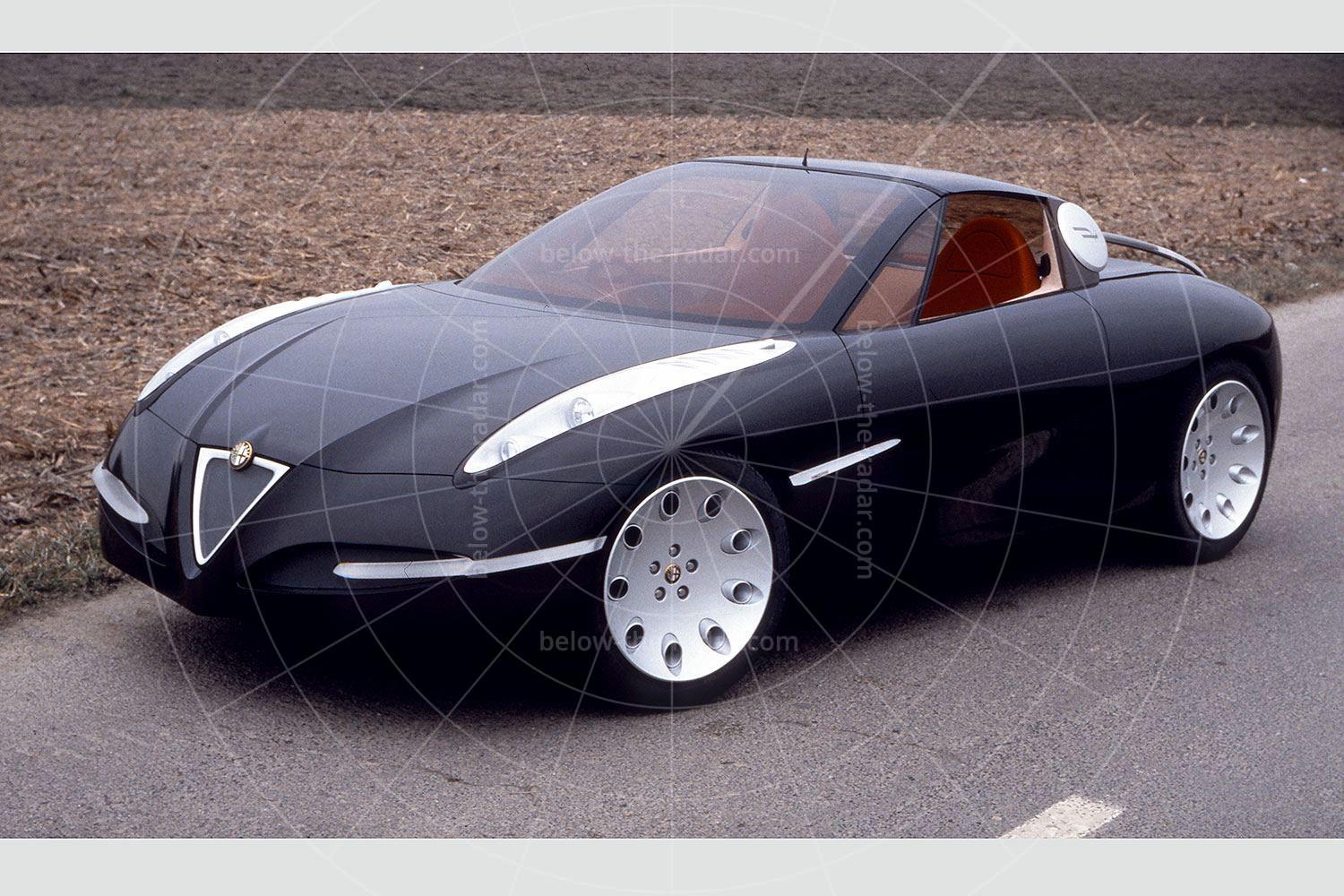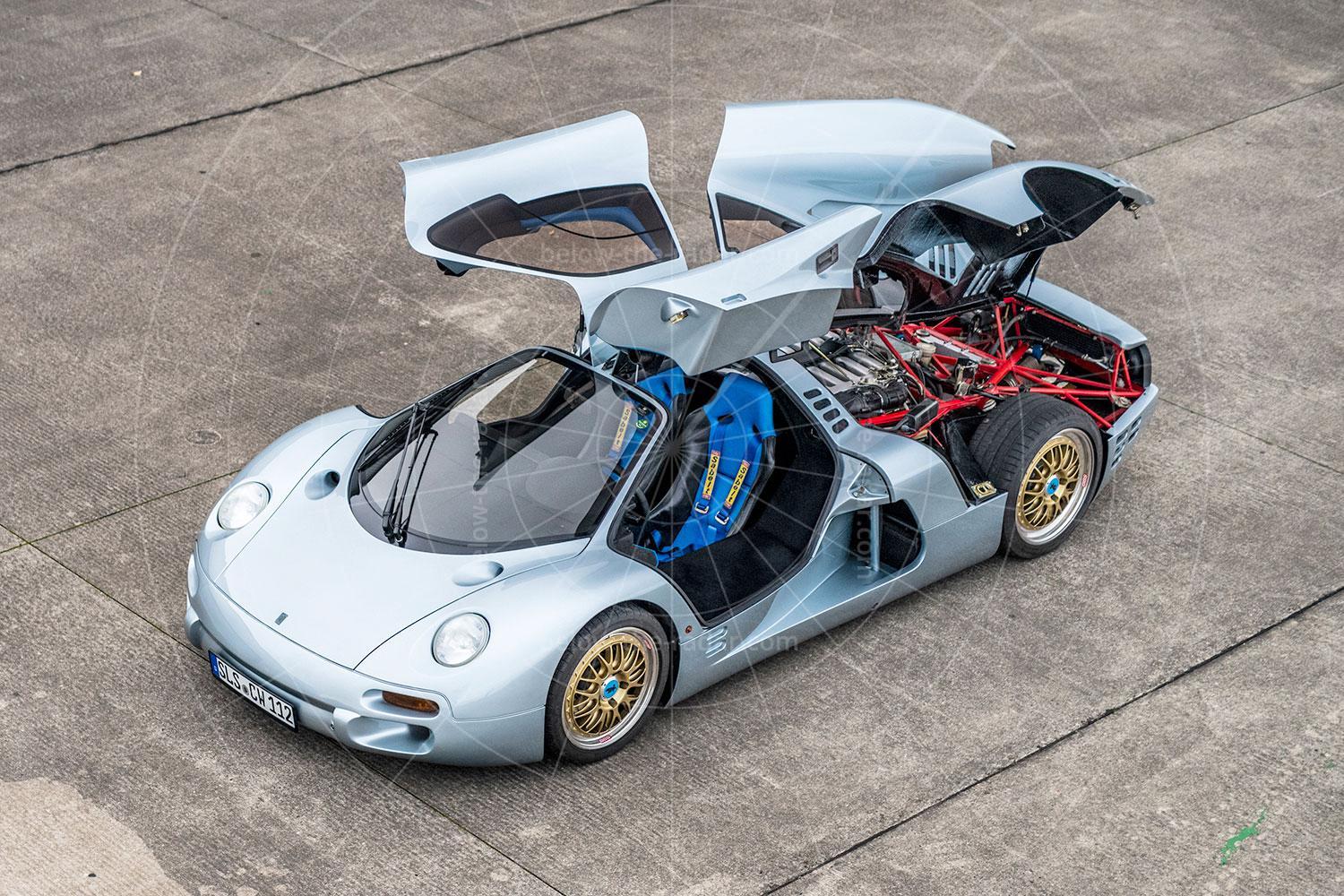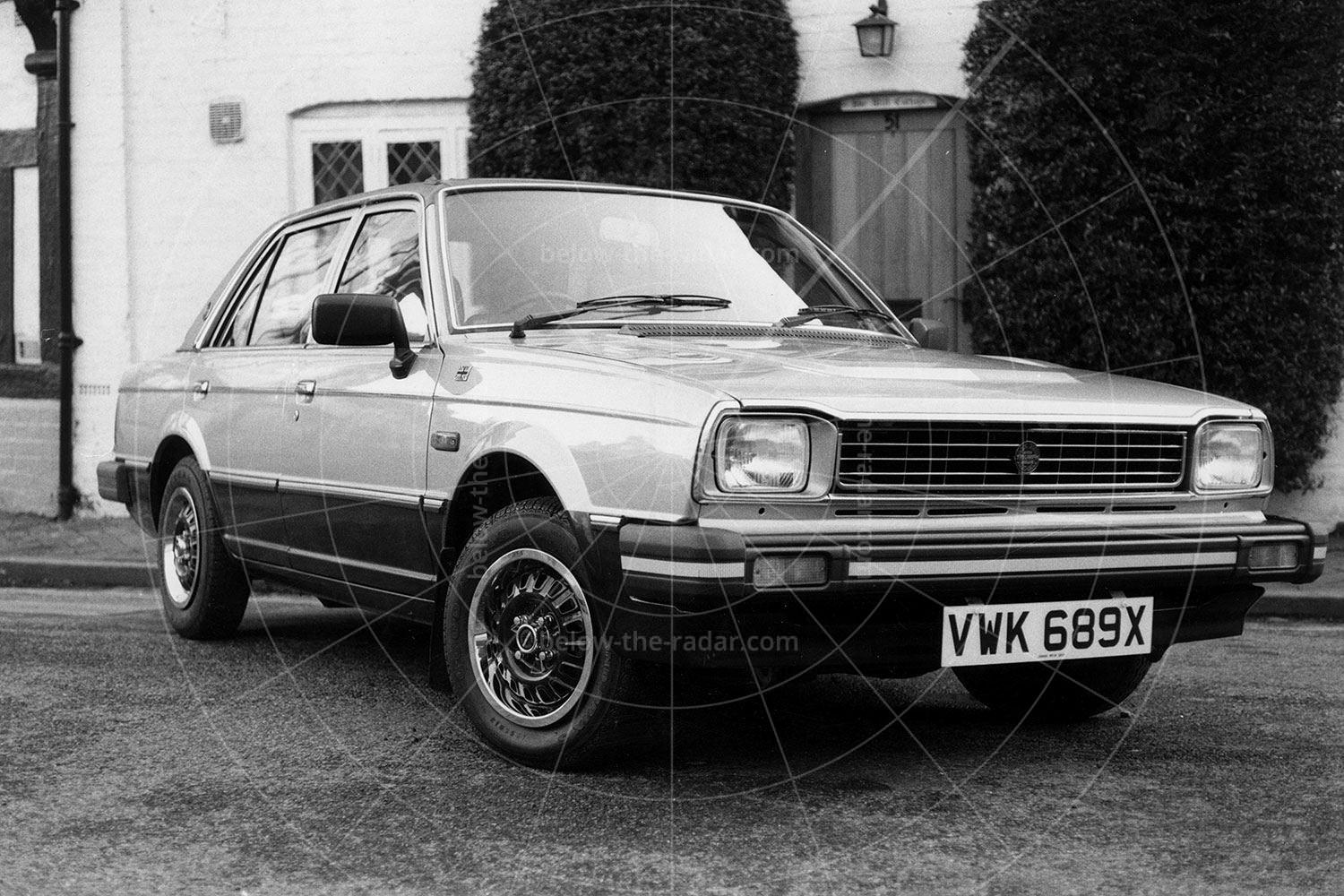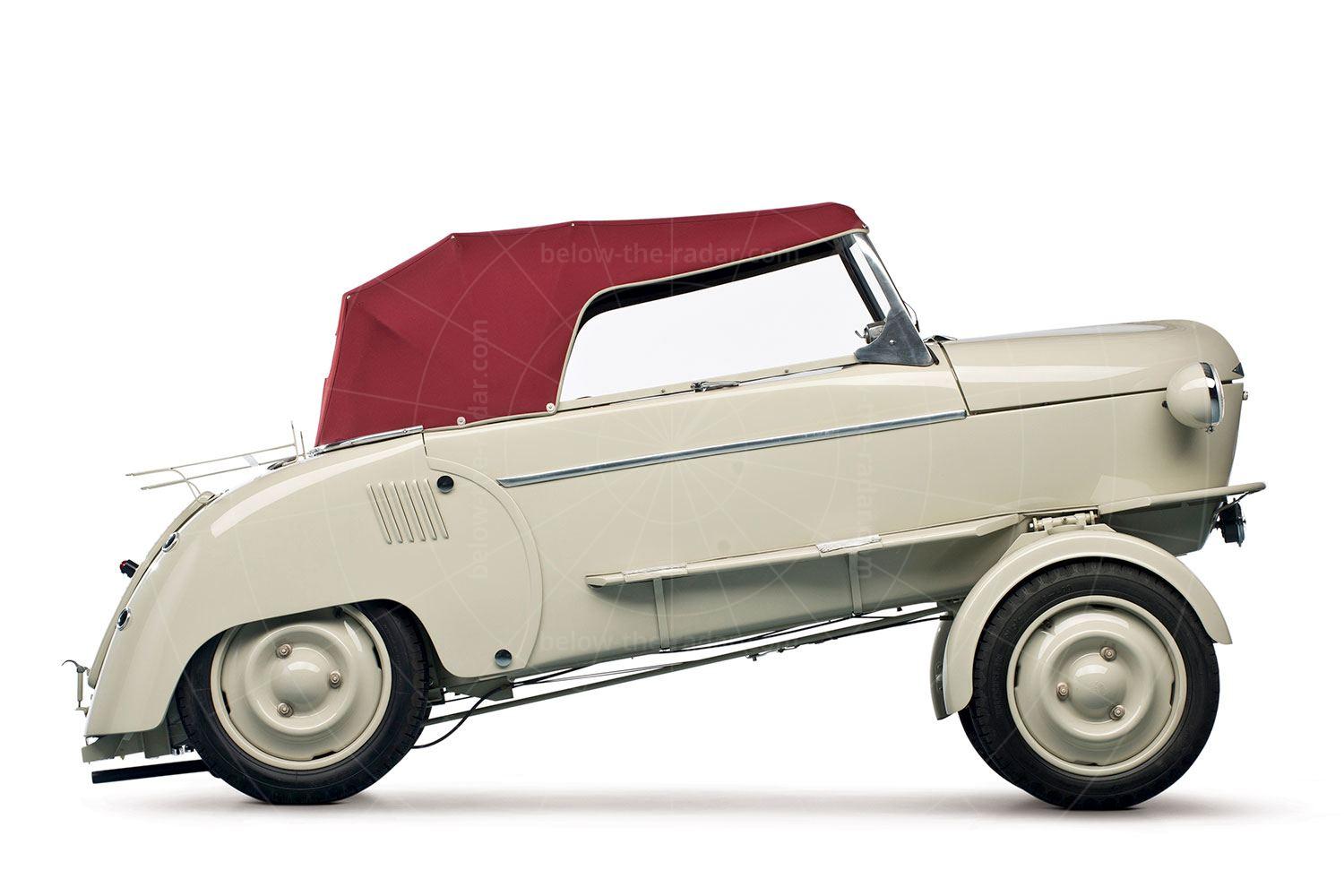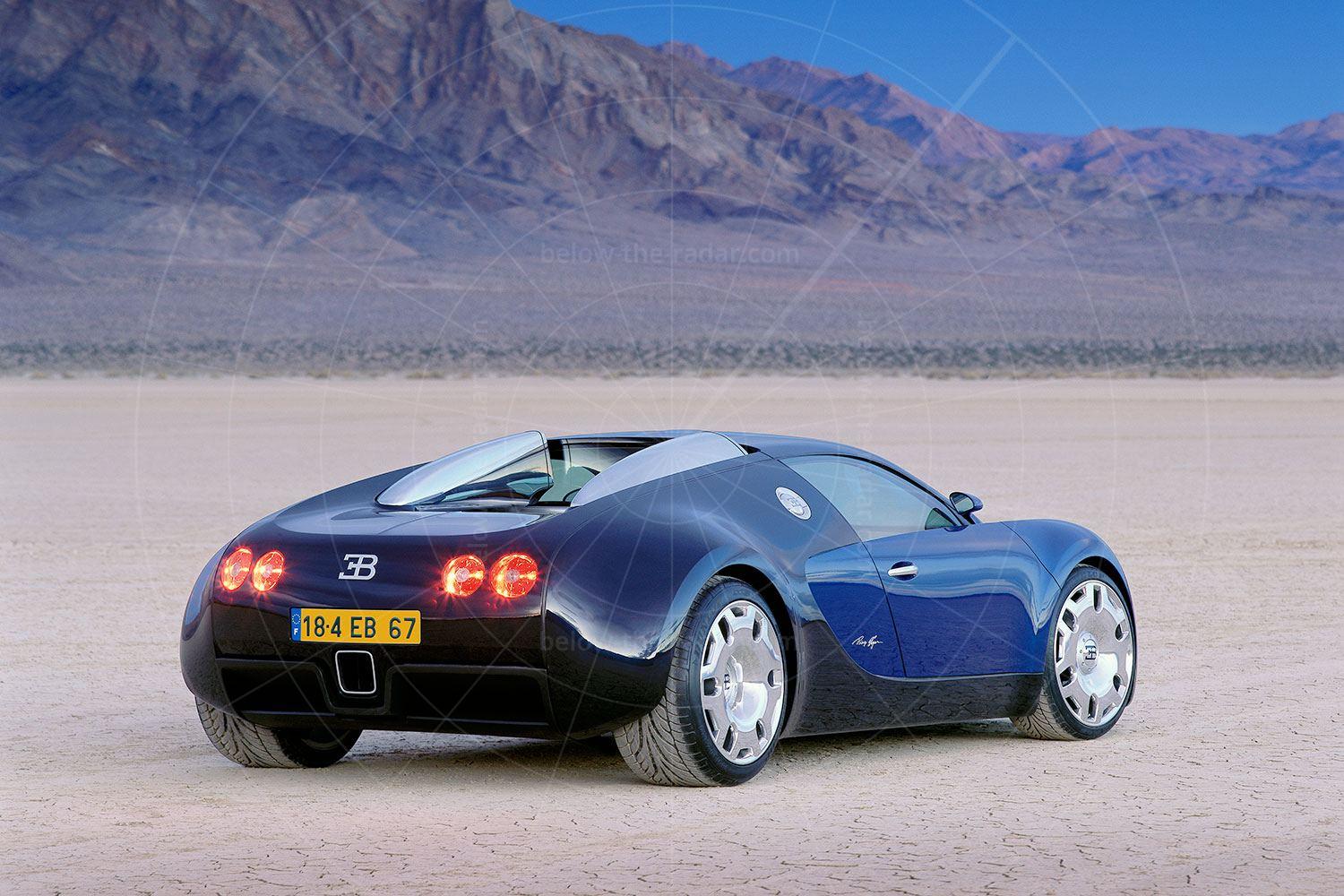Most car nuts have heard of the Honda S800, which followed hot on the heels of the S500 and S600, which were Honda's first cars. What's not so well known is that Toyota had an S800 too, or more specifically the Sports 800, which was launched in April 1965. It was essentially the production version of the Publica Sports concept that had made its debut at the 1962 Tokyo motor show.
By the time the production version of the Sports 800 arrived, three years after the Publica concept had been shown, the original 28bhp 690cc Publica engine had been swapped for a 790cc unit. The air-cooled two-cylinder configuration remained, but there was now usefully more power on tap, despite the Sports 800 still being capable of a claimed 73mpg.
Even though the Sports 800 was introduced by Japan's largest car maker, Toyota was too inward-looking to export its new sports car, so neither America nor Europe got to sample this delightfully diminutive vehicle. As the Sports 800 was cheaper than its main rival the Honda S800, it's a real shame that Toyota chose not to export any examples.
Derived from Toyota's Publica saloon, the Sports 800 was designed by Shozo Sato, who was on loan from Datsun at the time. His job was made easier by the fitment of an air-cooled 790cc horizontally opposed twin-carb two-cylinder engine, which allowed an unusually low bonnet line. With a fan incorporated to keep the engine cool, a small grille allowed the Sports 800's nose to cleave the air far more effectively than many of its contemporaries from overseas, which were saddled with much less compact engines.
That two-cylinder engine was hardly a major powerhouse though, as it delivered just 45bhp. But the car's light weight (580kg) and impressive aerodynamics meant 96mph was attainable. Acceleration was fairly leisurely, with the flat-twin's power being fed to the rear wheels via a four-speed all-synchro manual transmission. With a carburettor to feed each of the engine's two cylinders there was a reasonable amount of go, but roadholding reserves were pretty limited. A live rear axle with semi-elliptic springs didn't help, but this was offset by double wishbones and an anti-roll bar up front, to help keep things in check.
While quite a few Sports 800s have now had their original two-pot engines replaced, in period these Toyotas quickly gained a reputation for being tough, thanks largely to their success in endurance events within Japan. Perhaps surprisingly for a car launched in the mid-sixties, Toyota opted to fit drum brakes all round. But thanks to such a low kerb weight they didn't have to work too hard to pull up the Sports 800, so they were perfectly adequate for the job.
If the braking system seemed rather old-hat, the Sports 800's design was anything but. Not only was it very aerodynamic, but the removable aluminum targa top was something that had yet to become fashionable. Only Triumph had incorporated such a feature before now, on its TR4, but by 1967 Porsche would introduce a targa-roof option on its 911. Whereas Triumph used the term Surrey top for its roof arrangement, Porsche introduced the brand name Targa, which would put the configuration on the map.
The aluminium roof panel is held on by three securing screws along the top of the header rail, and another three along the rear edge. Once removed it fits easily into the boot; the boot lid and bonnet were also both made of aluminium to keep weight down, although the Sports 800's bodyshell was a steel monocoque. It was enginereed very cleverly however, for both strength and lightness, by Toyota's chief engineer Tasuo Hasegawa, whose background was in aircraft design. He utilised thin-gauge steel throughout.
Alongside reliability, Japanese cars have long been known for their generous standard equipment. In the case of the Sports 800 this included a locking fuel filler cap, a 10-piece tool kit, two-speed wipers with electric windscreen washers, a cigarette lighter and map light, plus an oil pressure gauge along with an ammeter. The driver also got a seatbelt, but bizarrely, one for the passenger was optional…
The Sports 800 was very compact, as it was just 358cm long, 147cm wide and 117cm high. That's smaller than a Triumph Spitfire, but the Toyota's cabin is far from cramped, partly because the boot was rather small, but also because of clever packaging – and the omission of a heater as standard equipment. Buyers could pay extra for a petrol-fired heater, but these had a tendency to explode apparently…
With the Sports 800 never officially having been exported from Japan, you could be forgiven for assuming that all of these cars came with right-hand drive, but some were actually produced with the steering wheel on the left. That's because throughout the 1960s, Okinawa Island was occupied by the US military, and vehicles drove on the right as a result. When the Americans returned Okinawa Island to the Japanese in 1971, quite a few of the estimated 300 Sports 800s sold there, were taken back to the US by their military owners.
Because Toyota sold quite a few Sports 800s to American military personnel, it produced brochures and owners' handbooks in English, with the latter including some sage advice to "always drive within legal speed limits for the first 2000 to 3000 miles". Presumably a good solicitor would be able to get you off any speeding charges once the car's mileage had breached that upper figure, as you were only following the instructions in the owner's manual…
Many thanks to Jane Weitzmann of jhwclassics.com, for the loan of her Toyota Sports 800 for the photography.
| Vital statistics | |
|---|---|
| Produced | 1965-1970, Japan |
| Number built | 3131 |
| Engine | Front-mounted, air-cooled, 790cc, 2-cylinder |
| Transmission | 4-speed manual, rear-wheel drive |
| Power | 45bhp at 5400rpm |
| Torque | 53lb ft at 3800rpm |
| Top speed | 97mph |
| Price | 595,000 yen |

